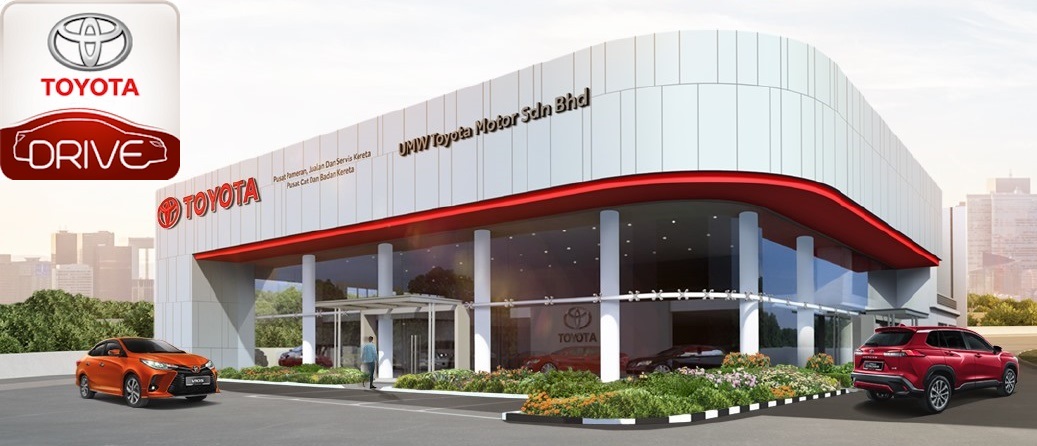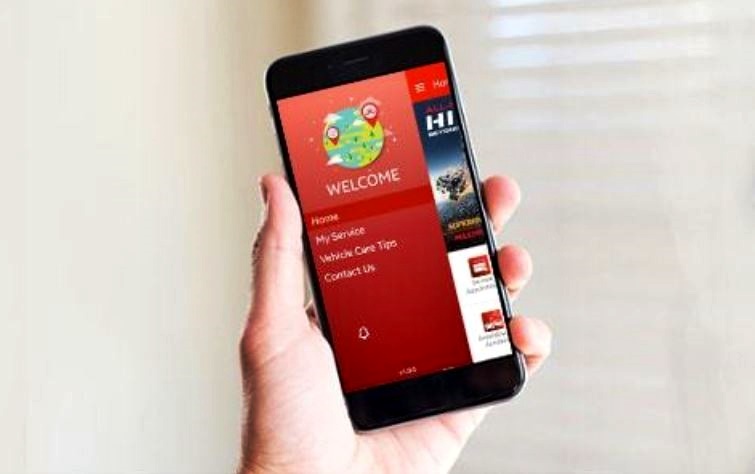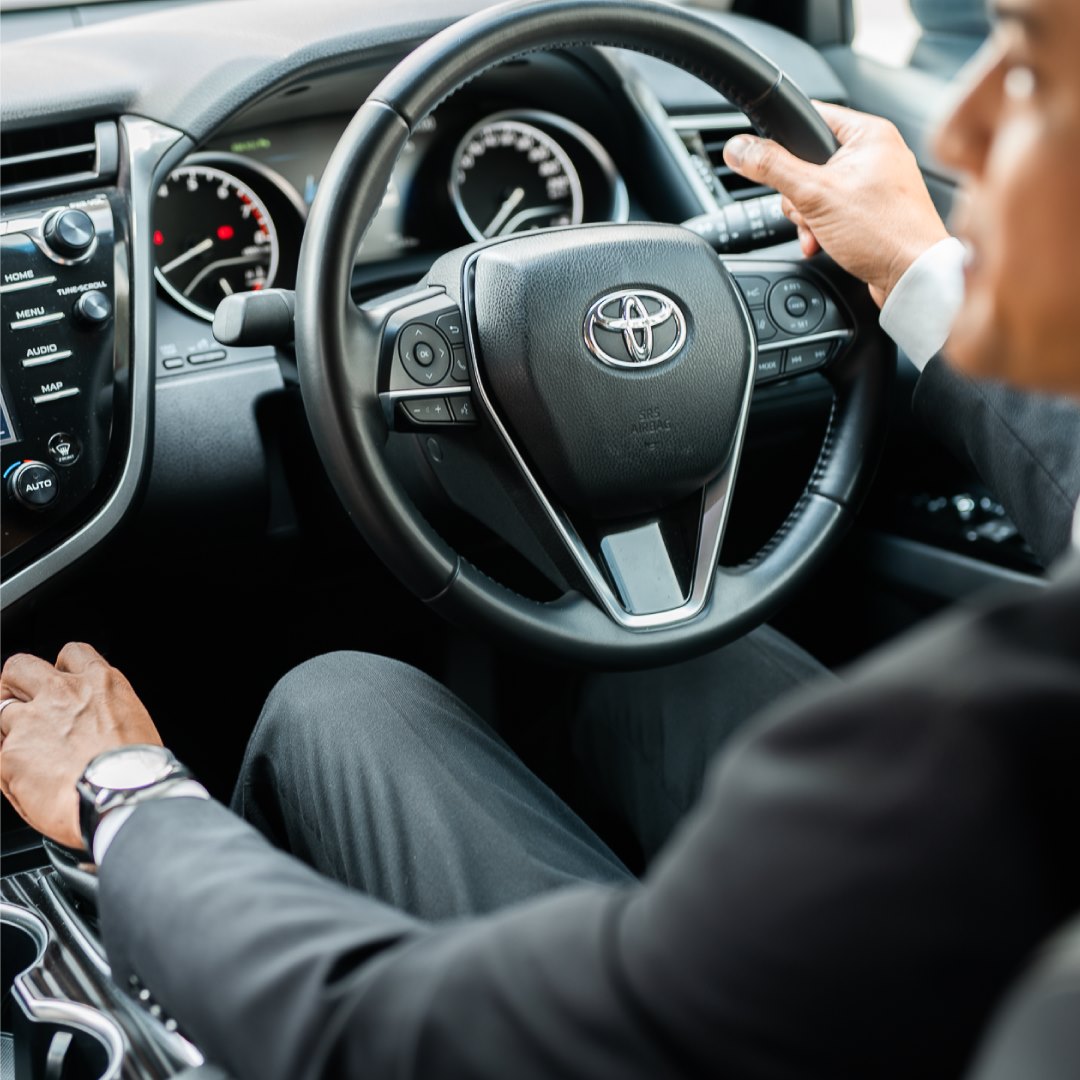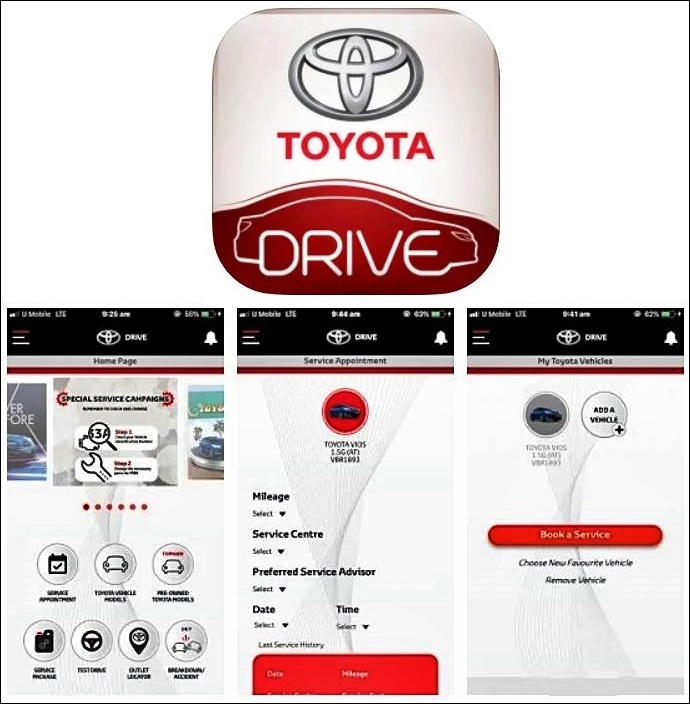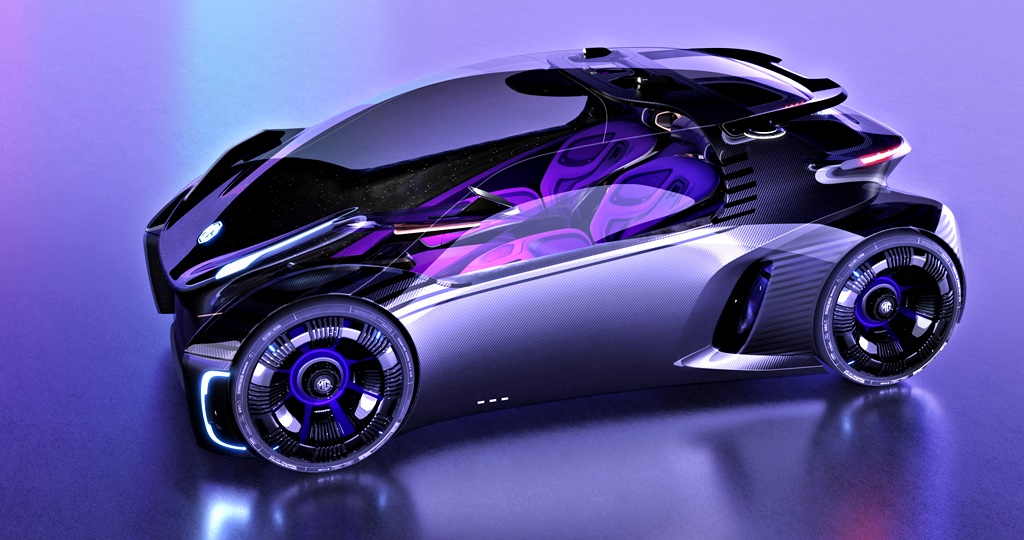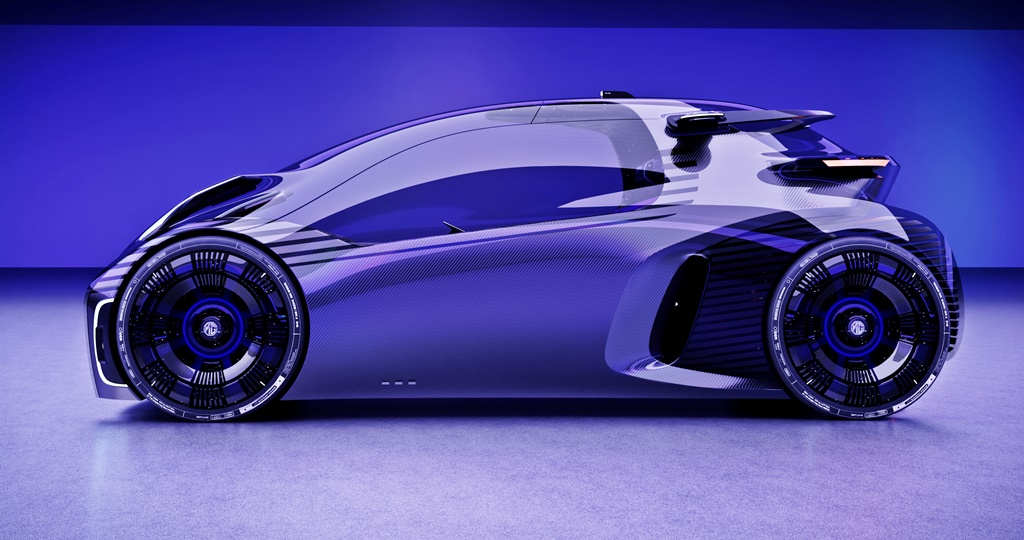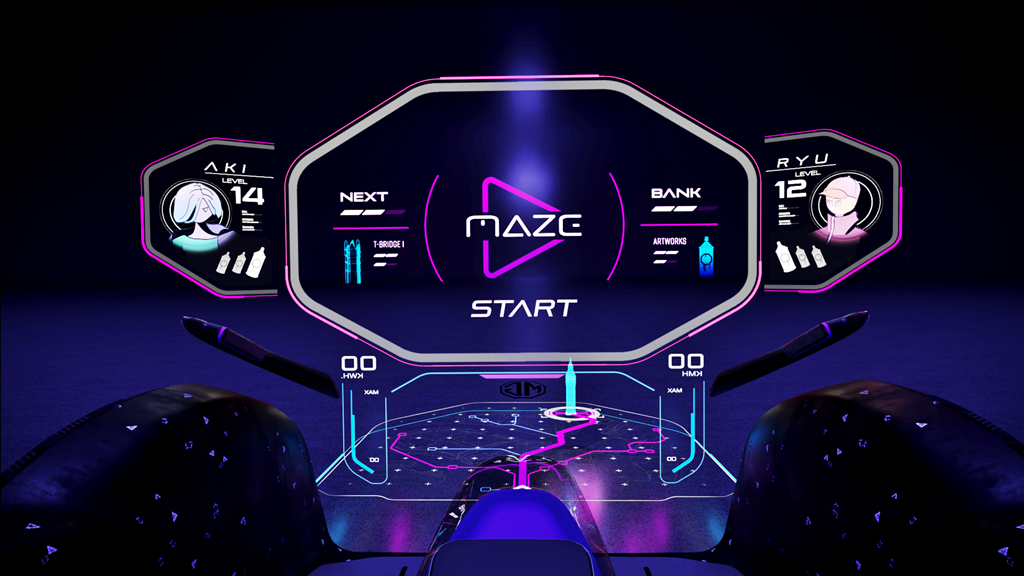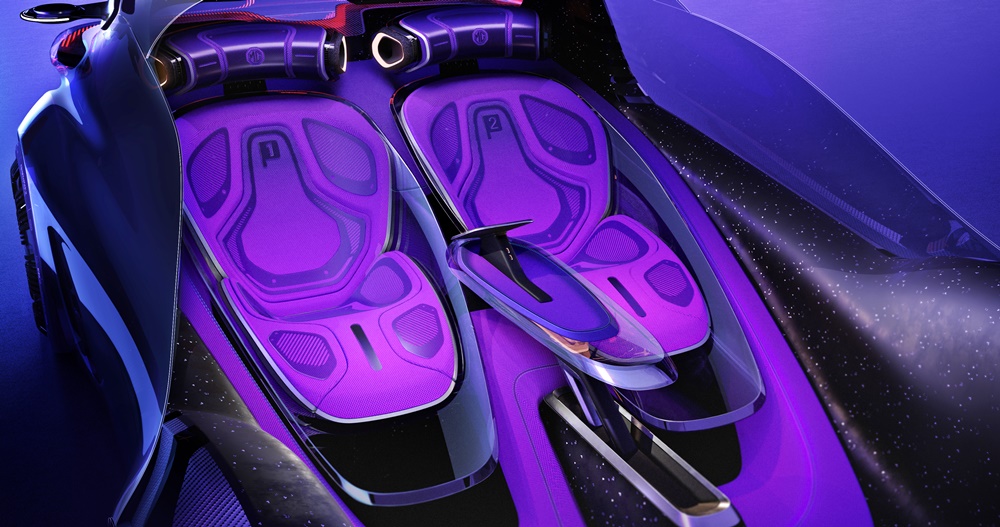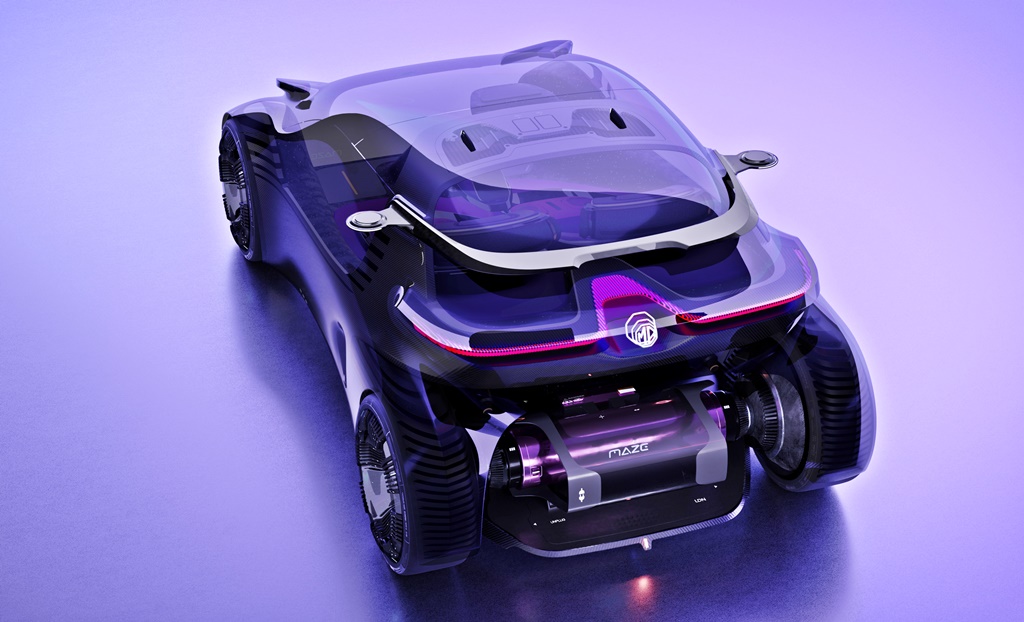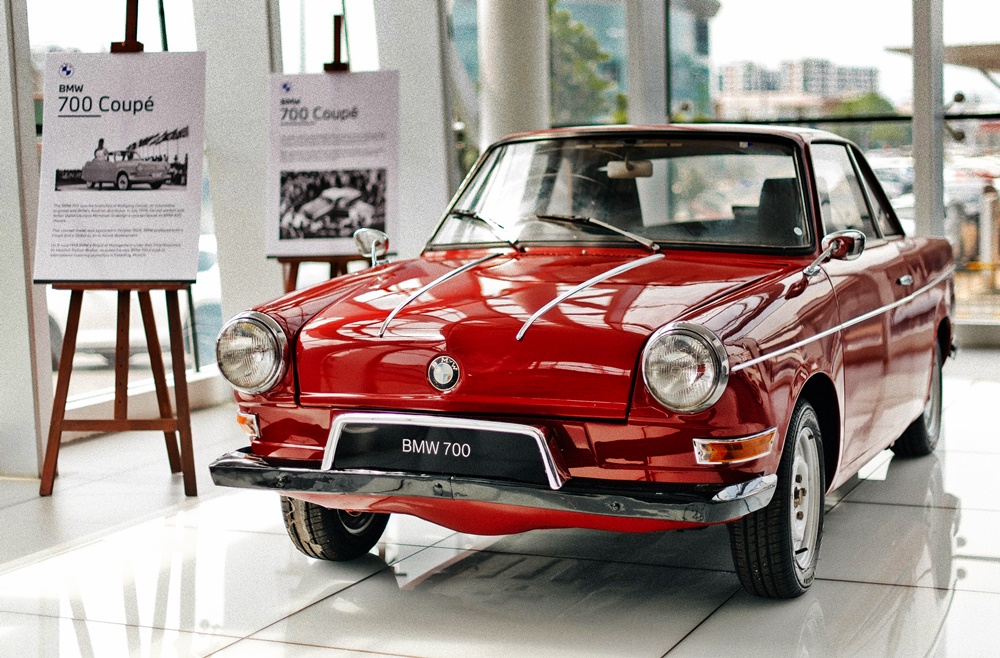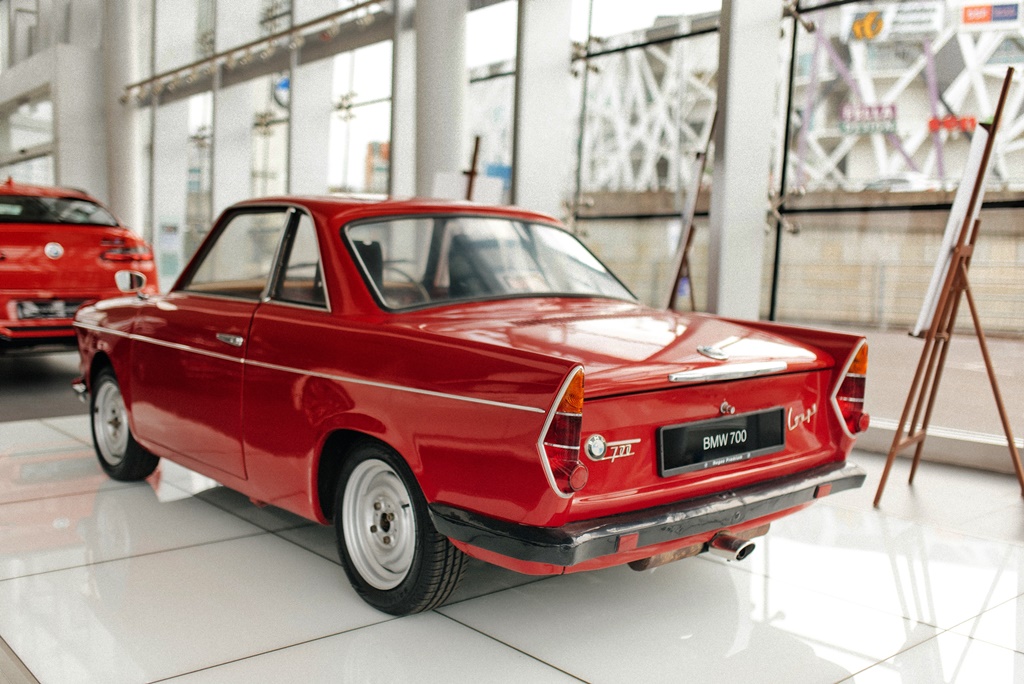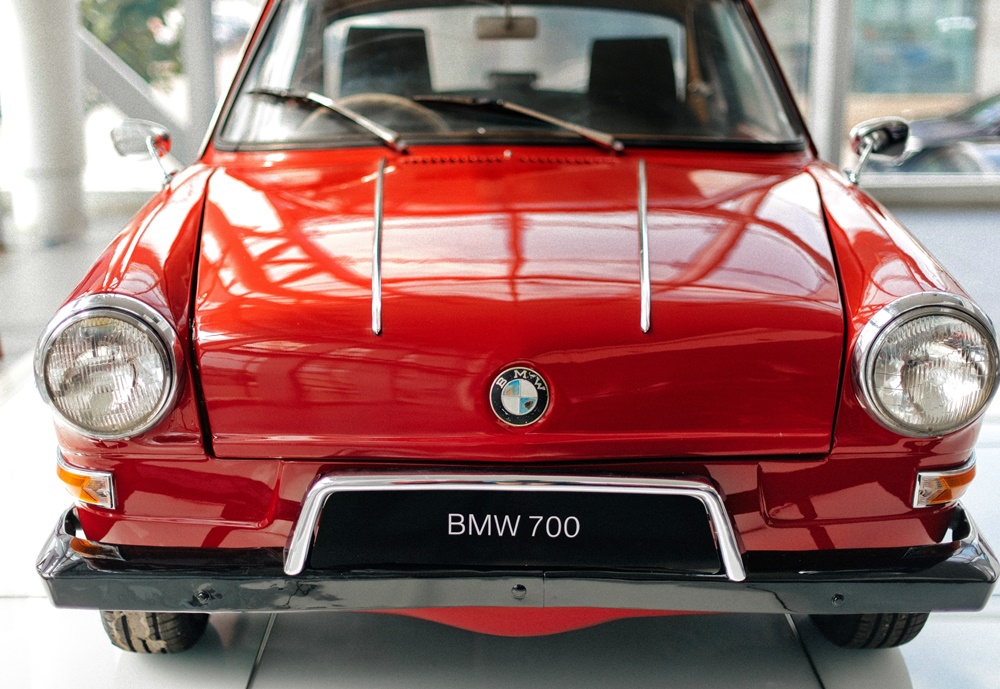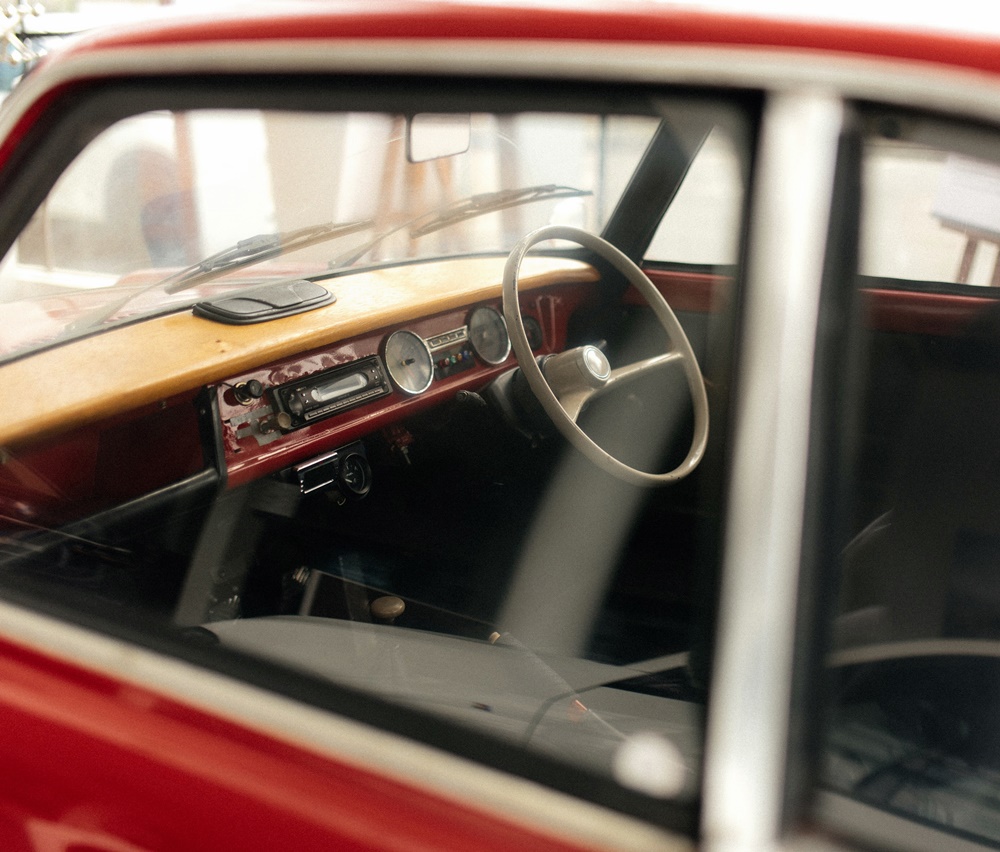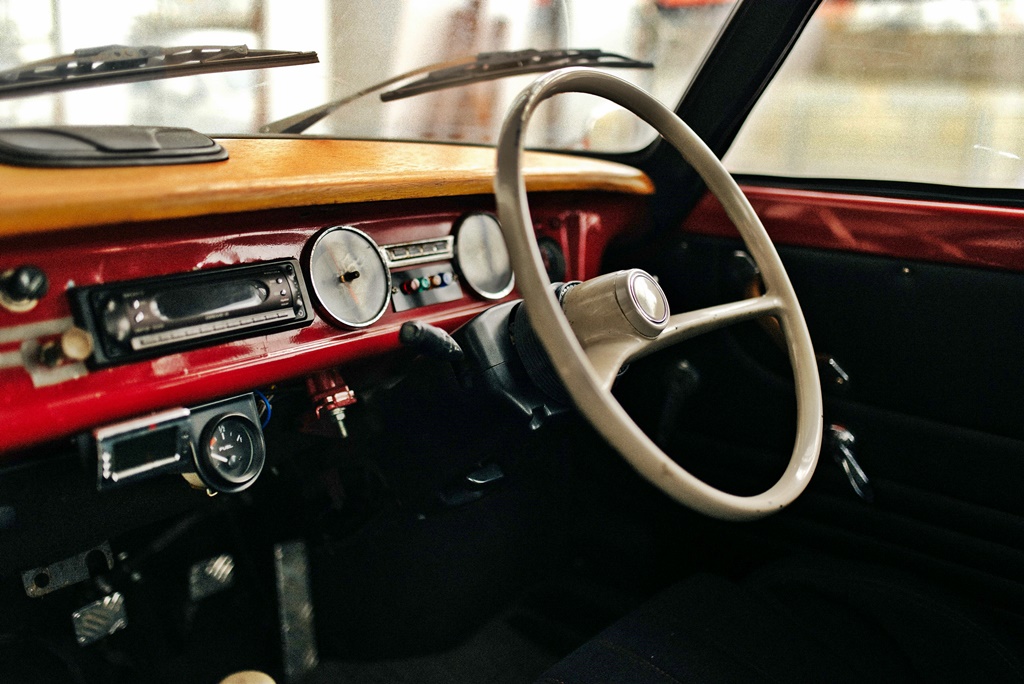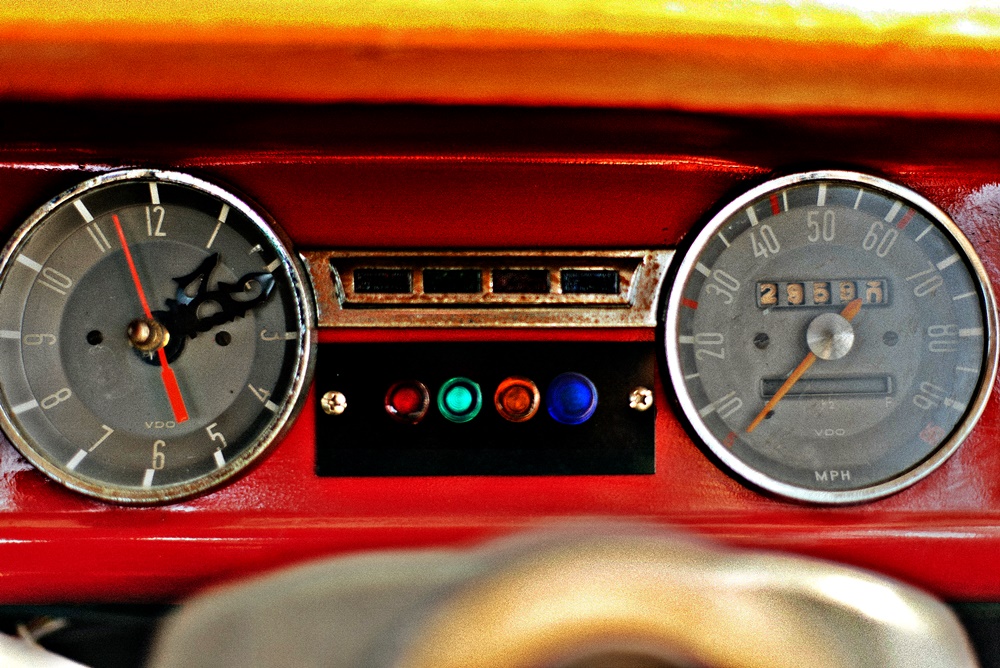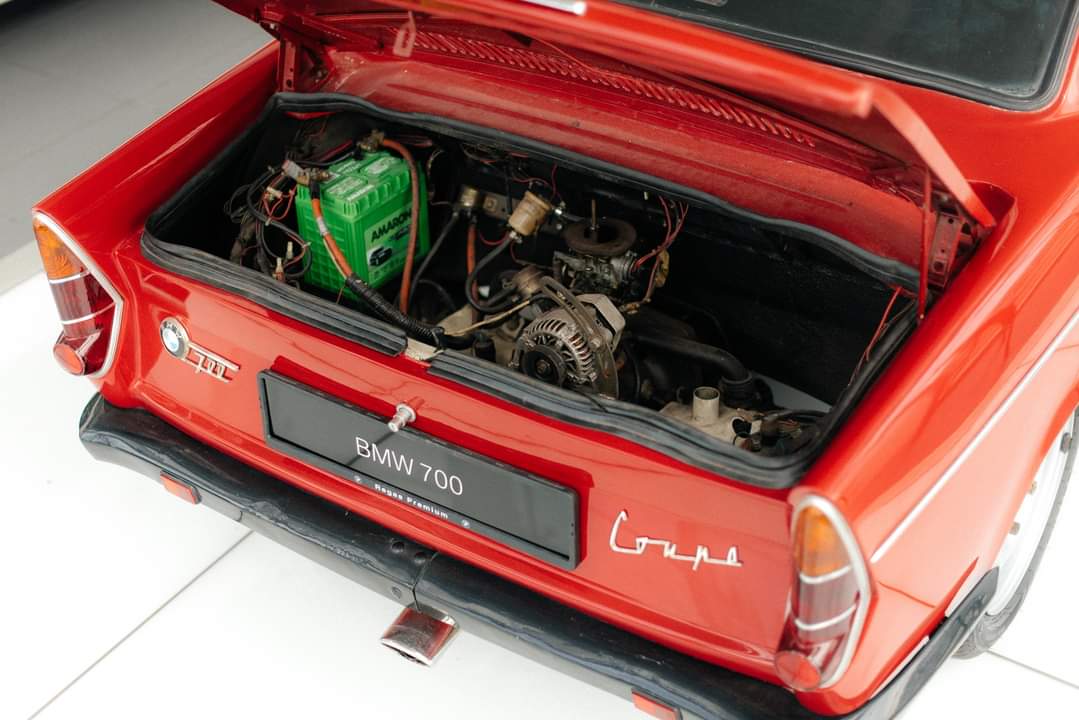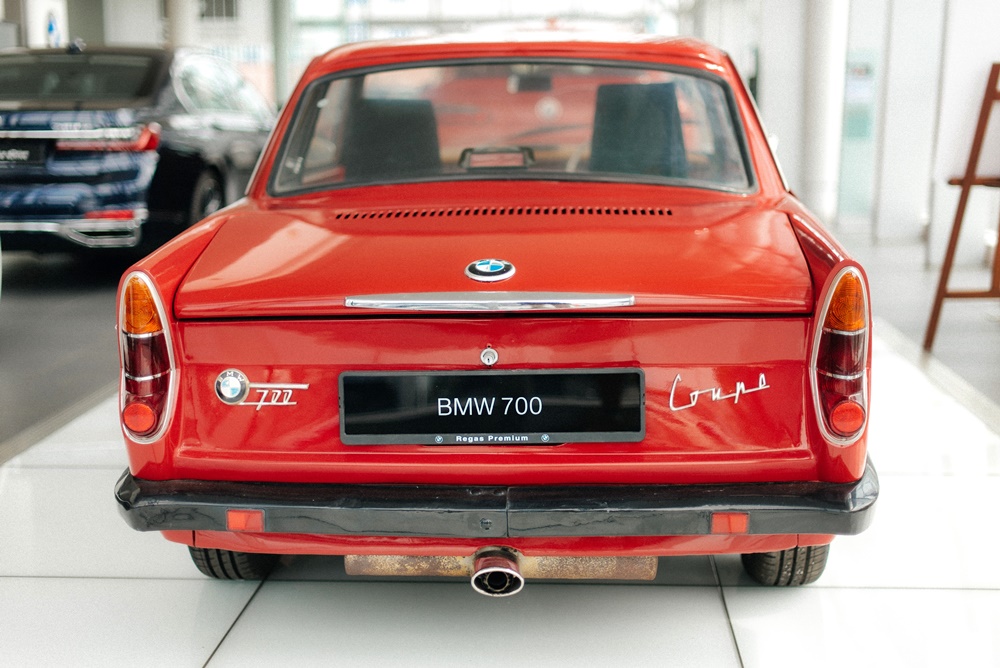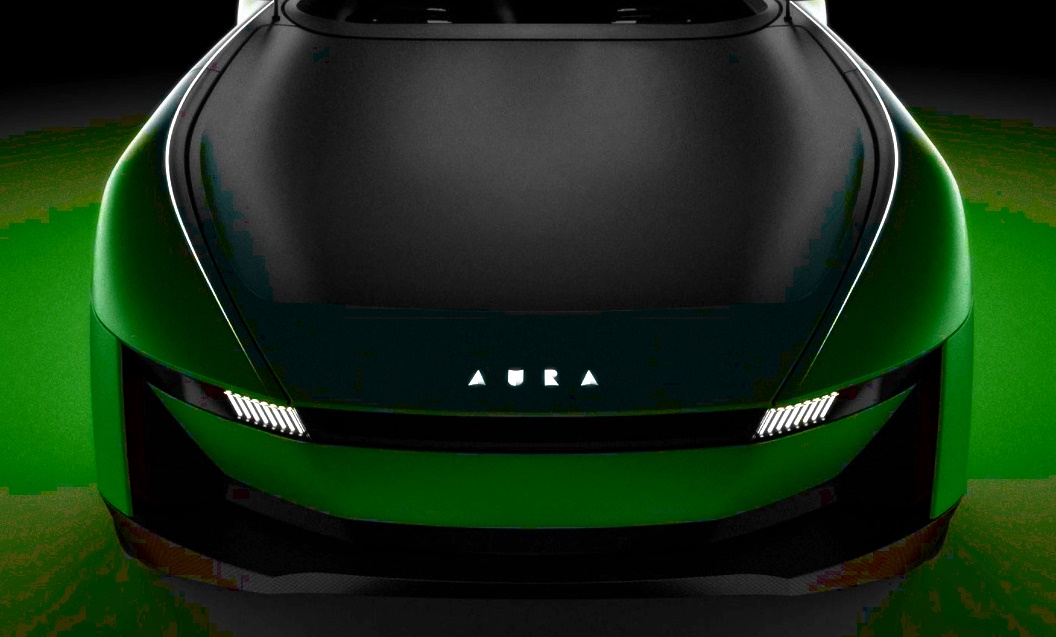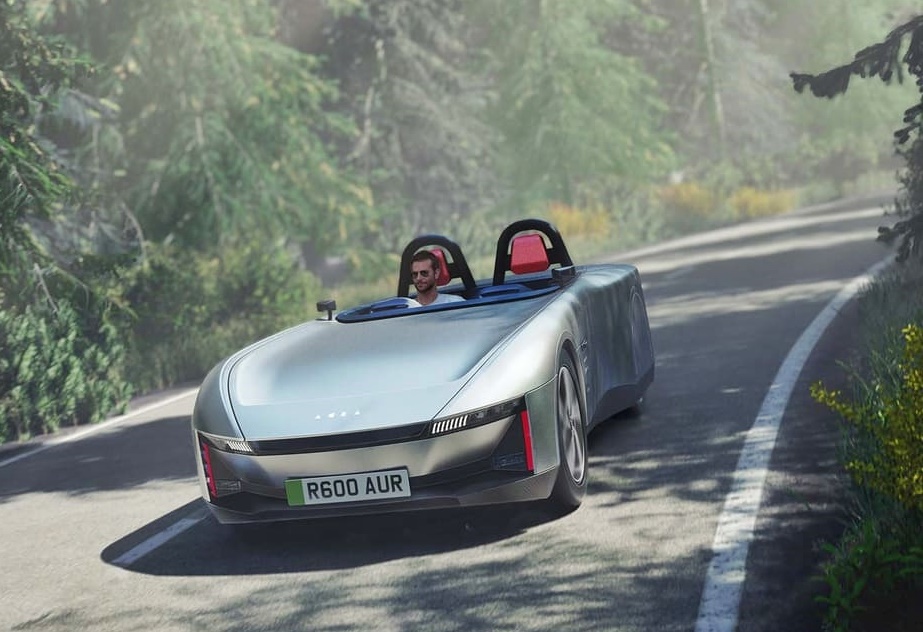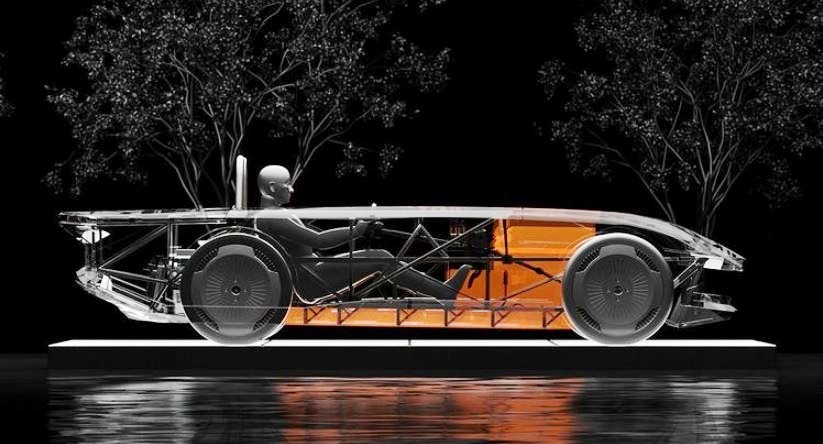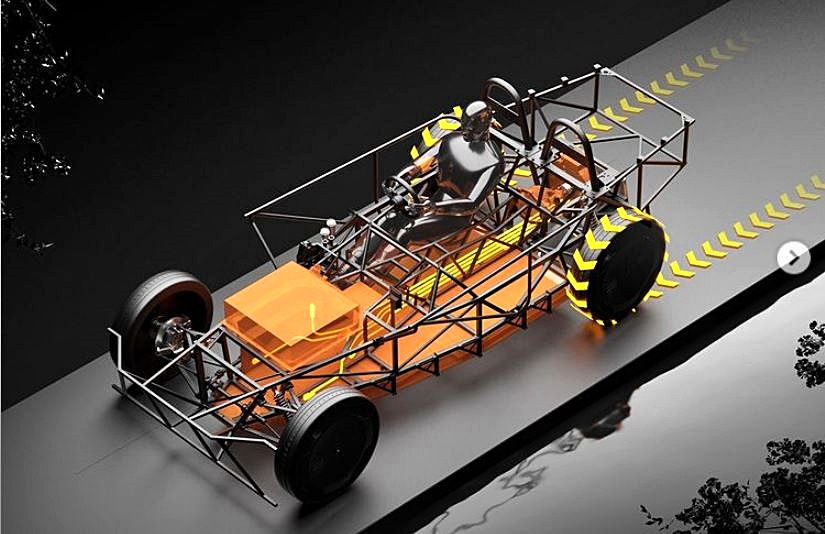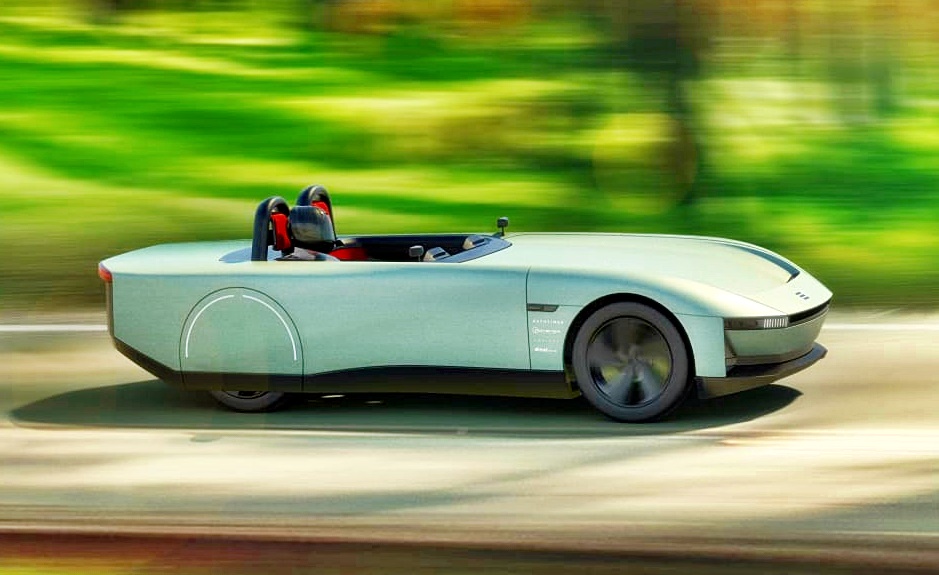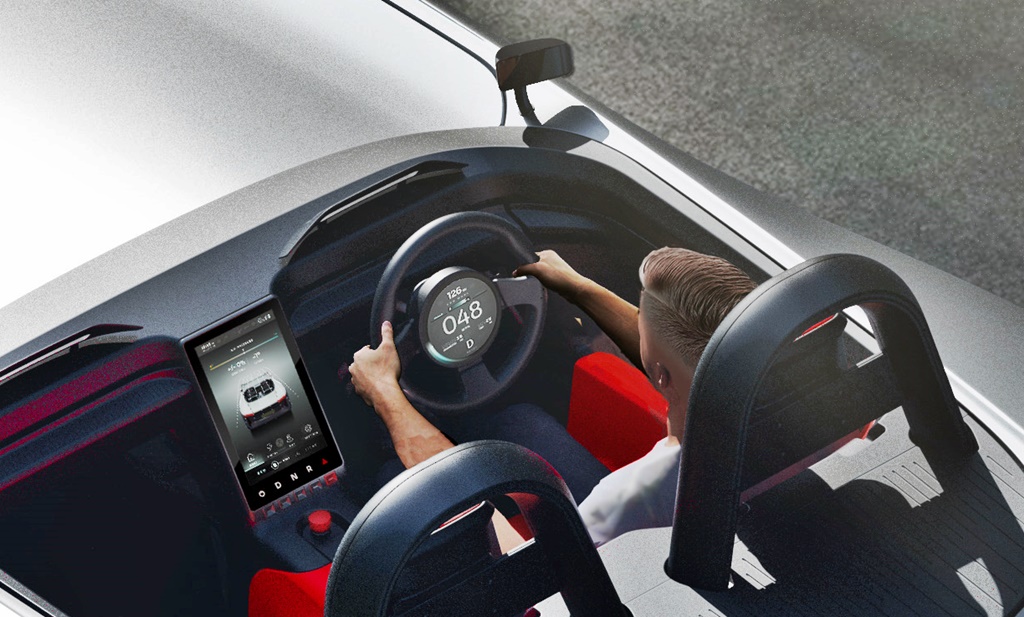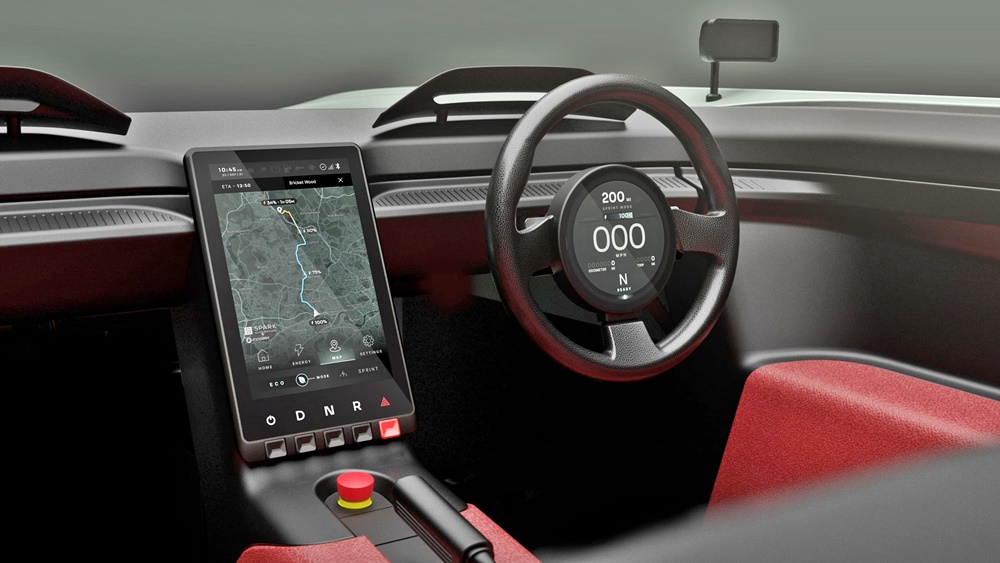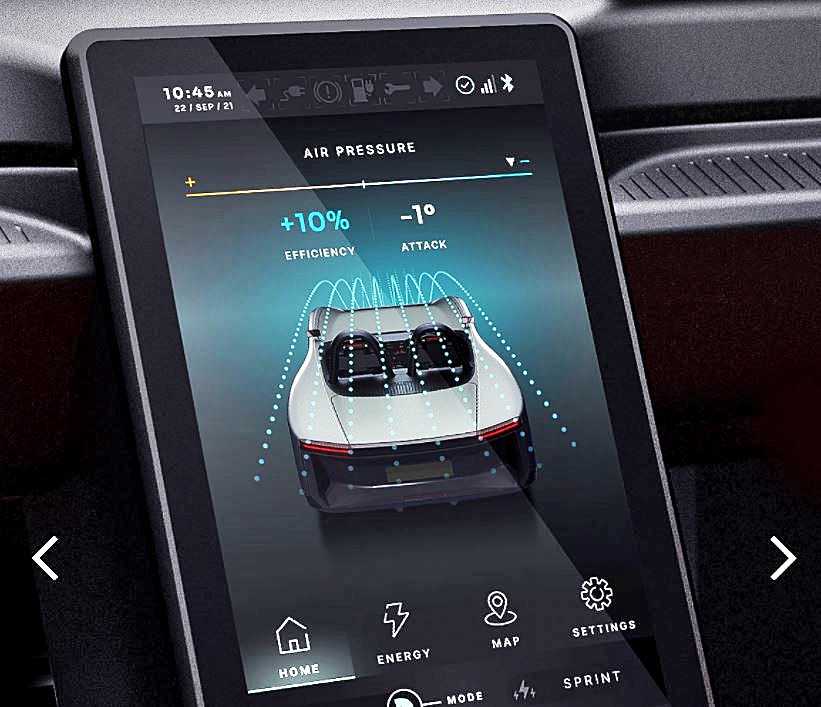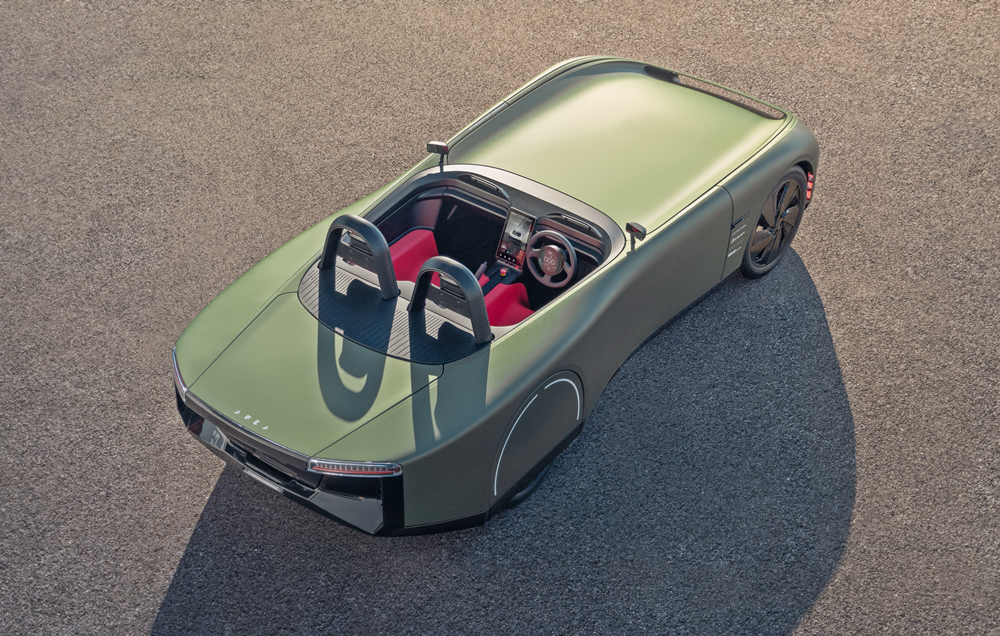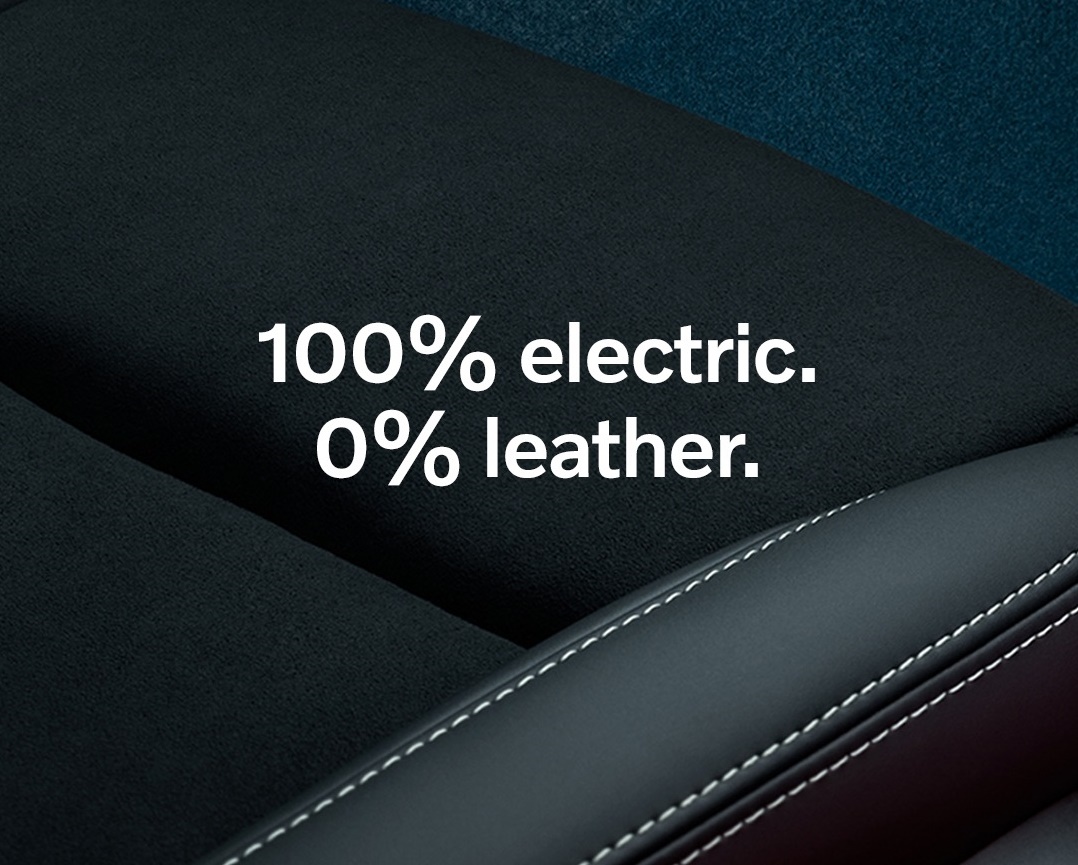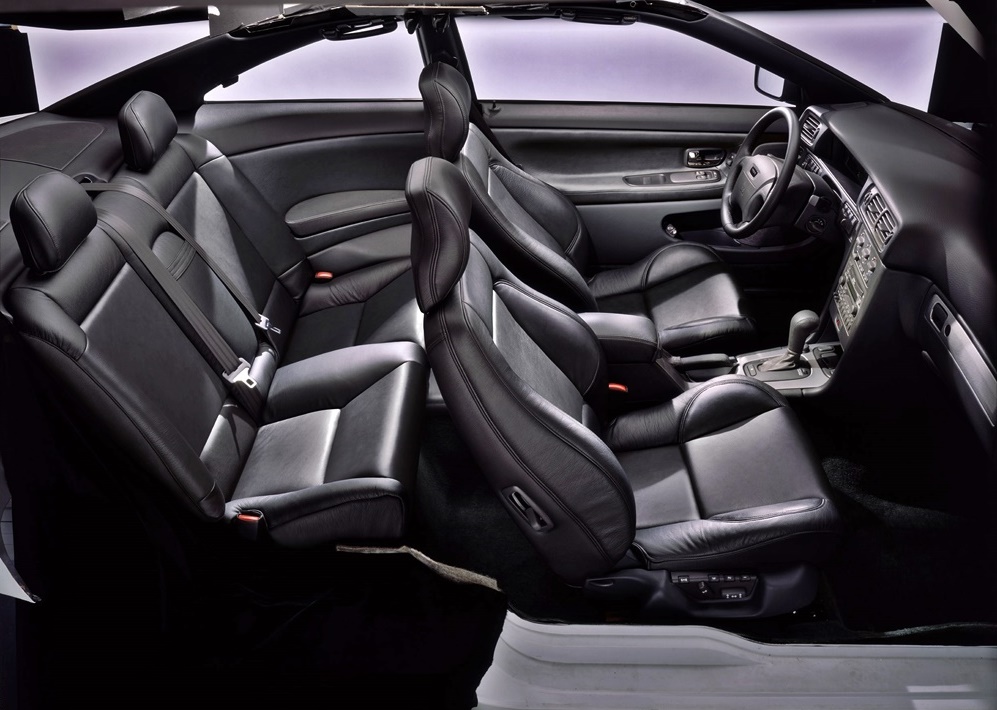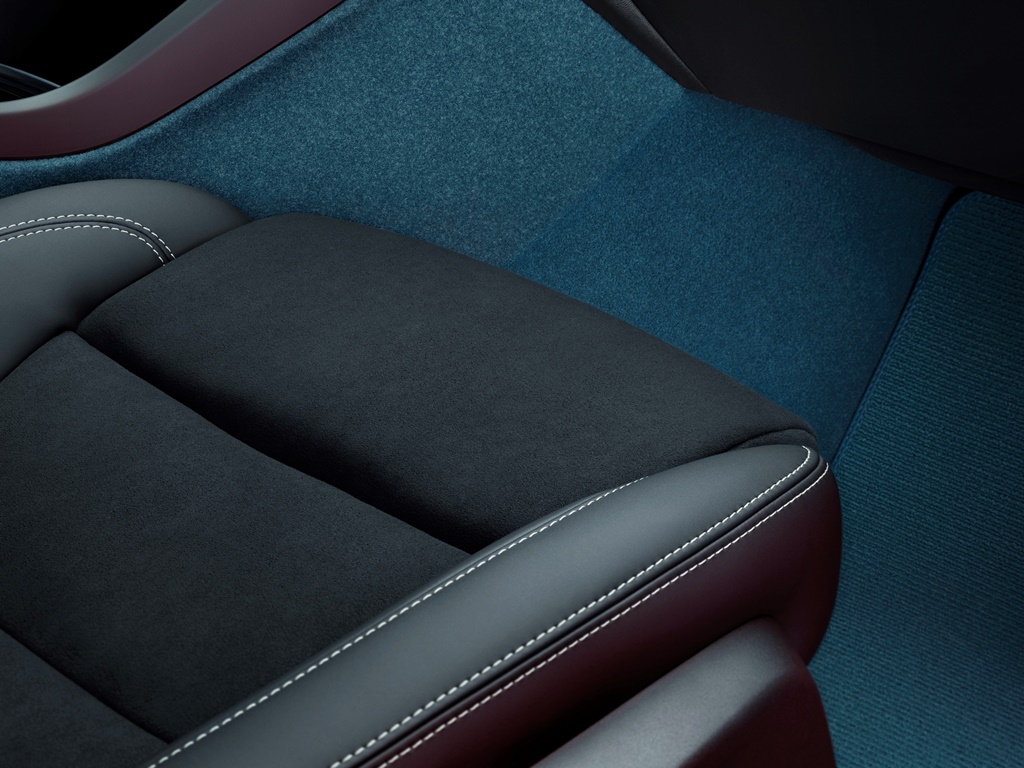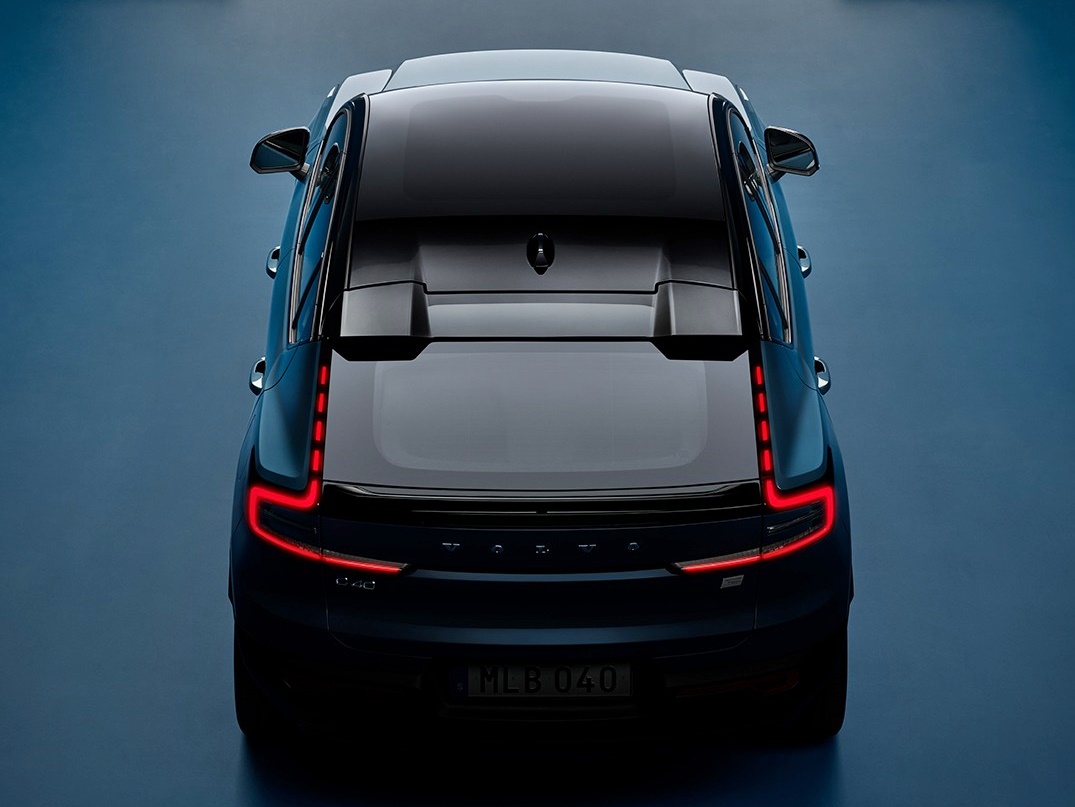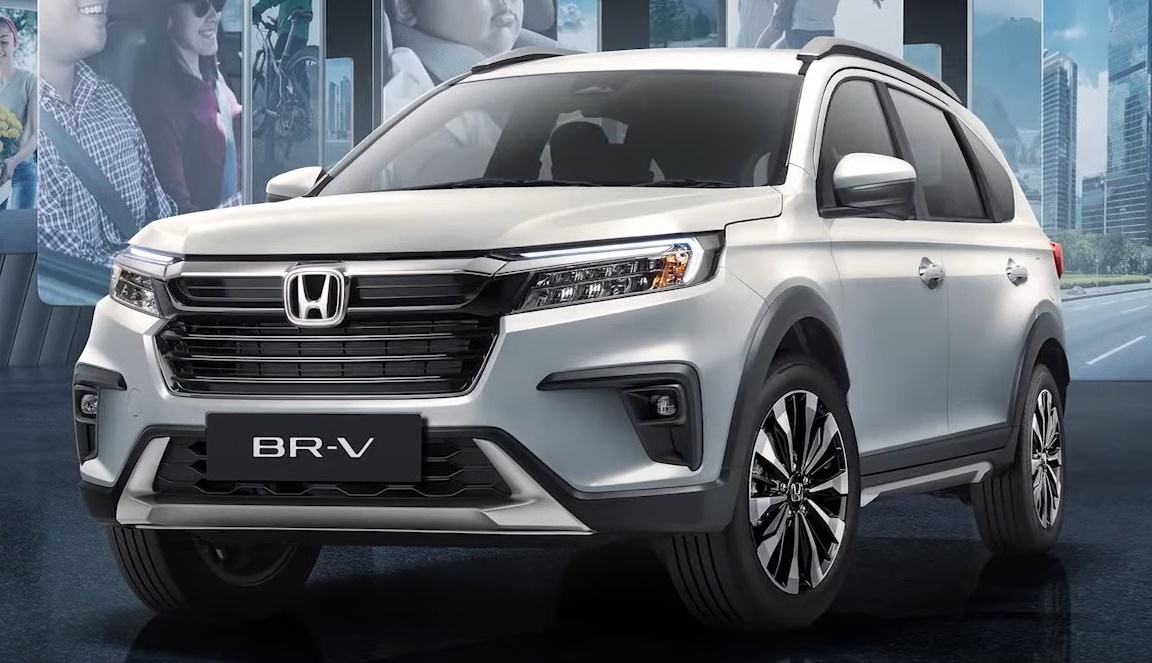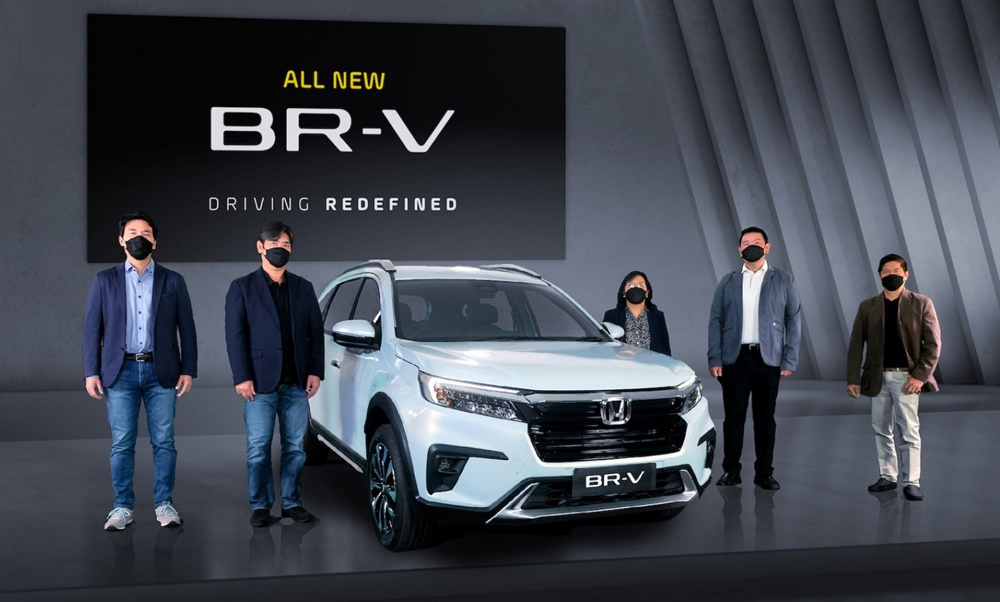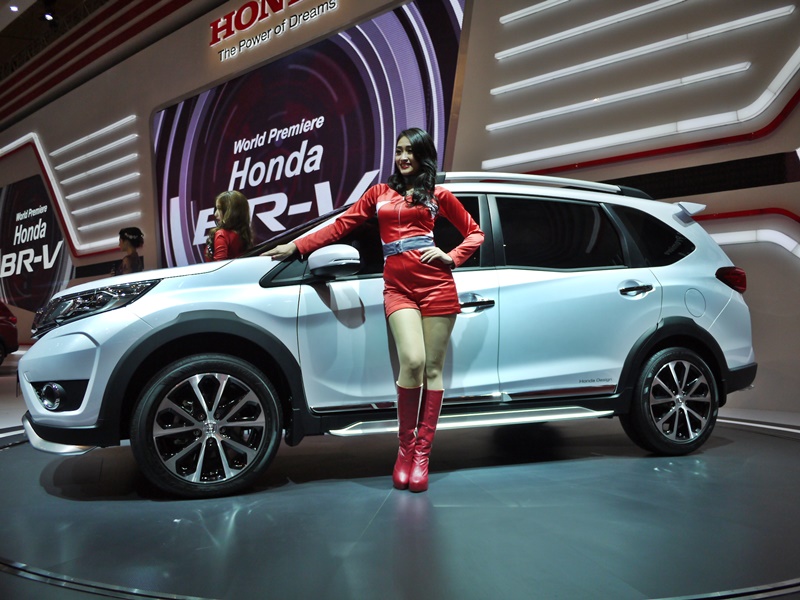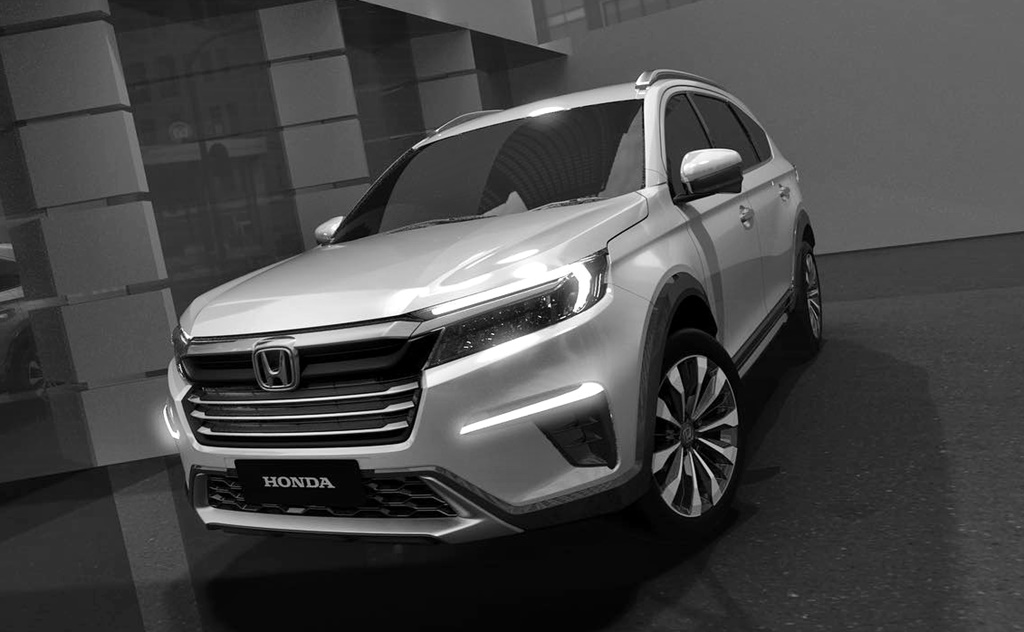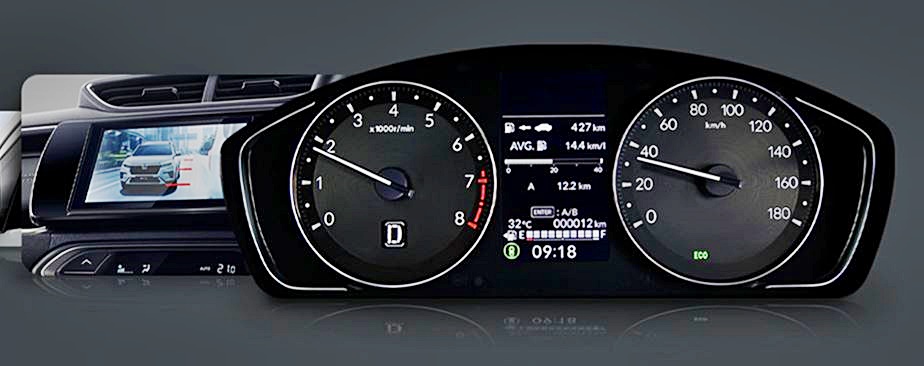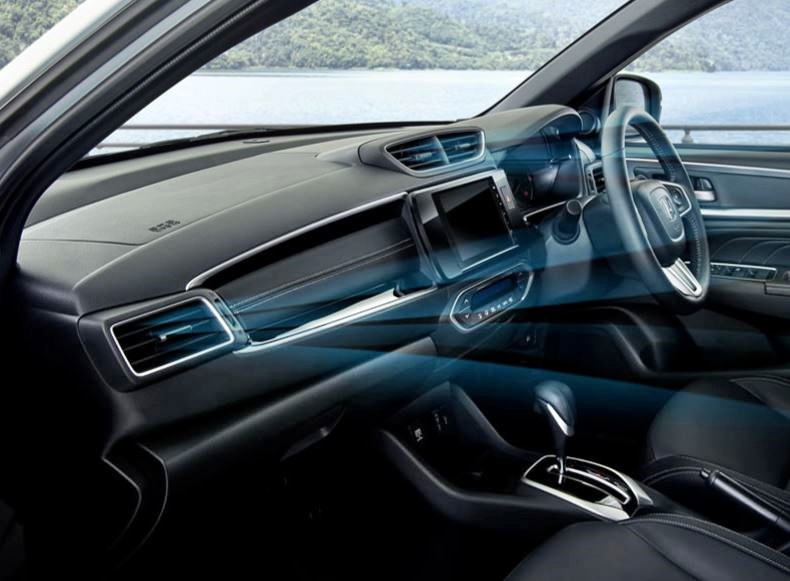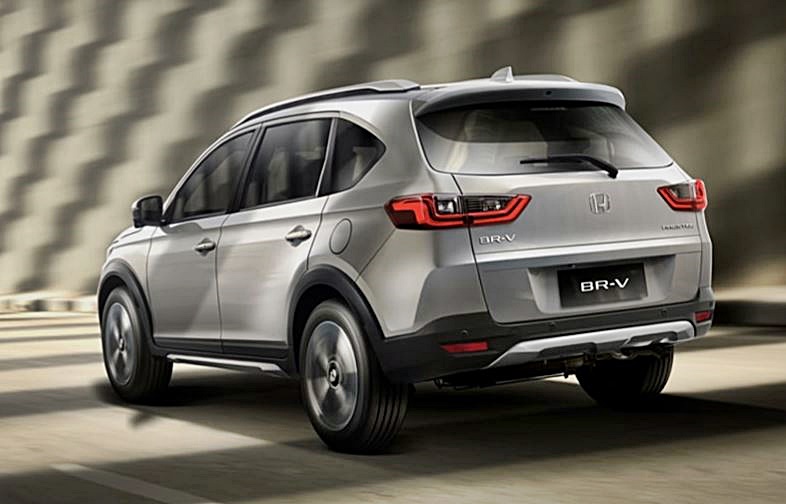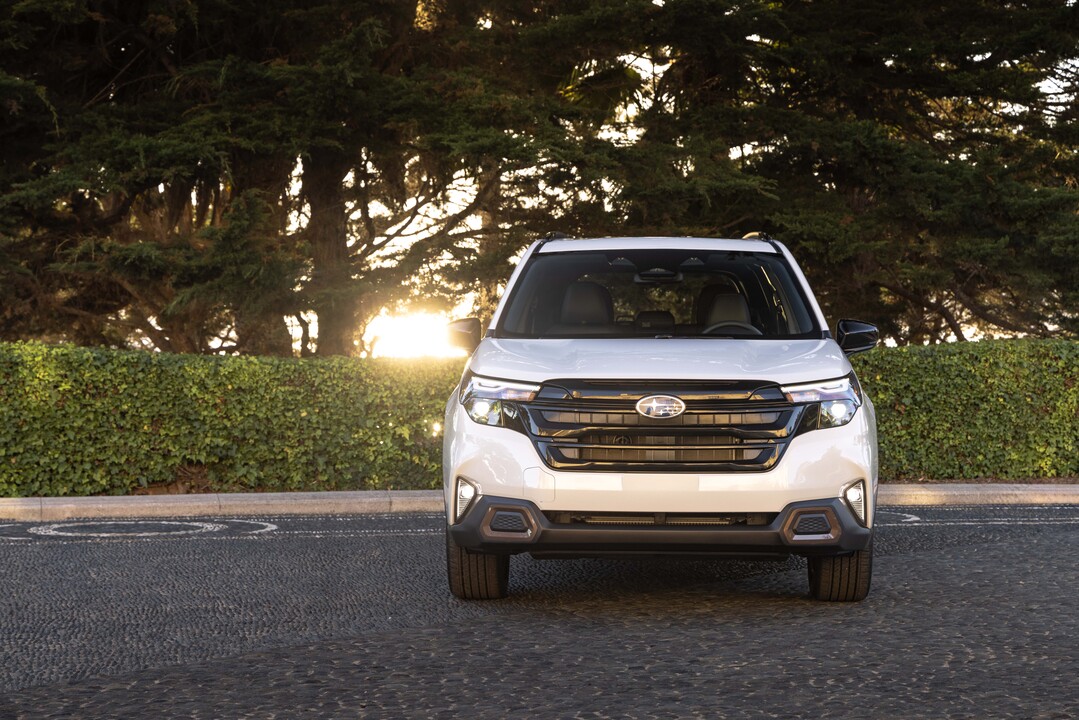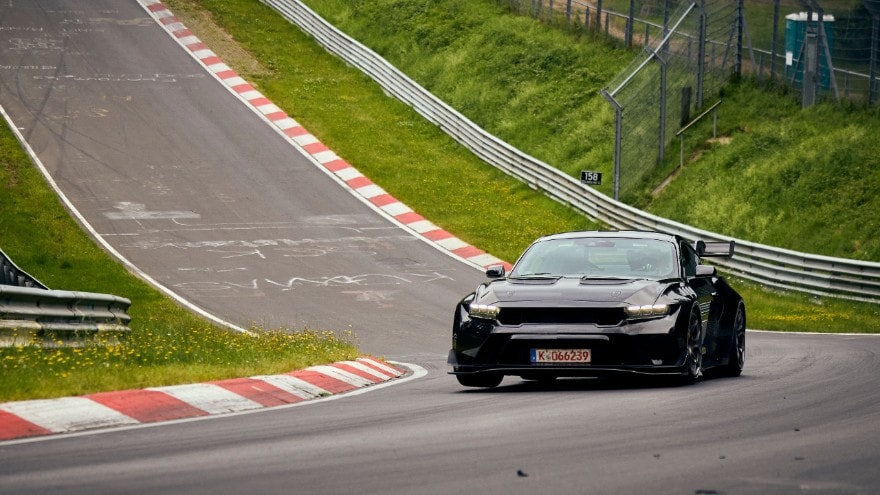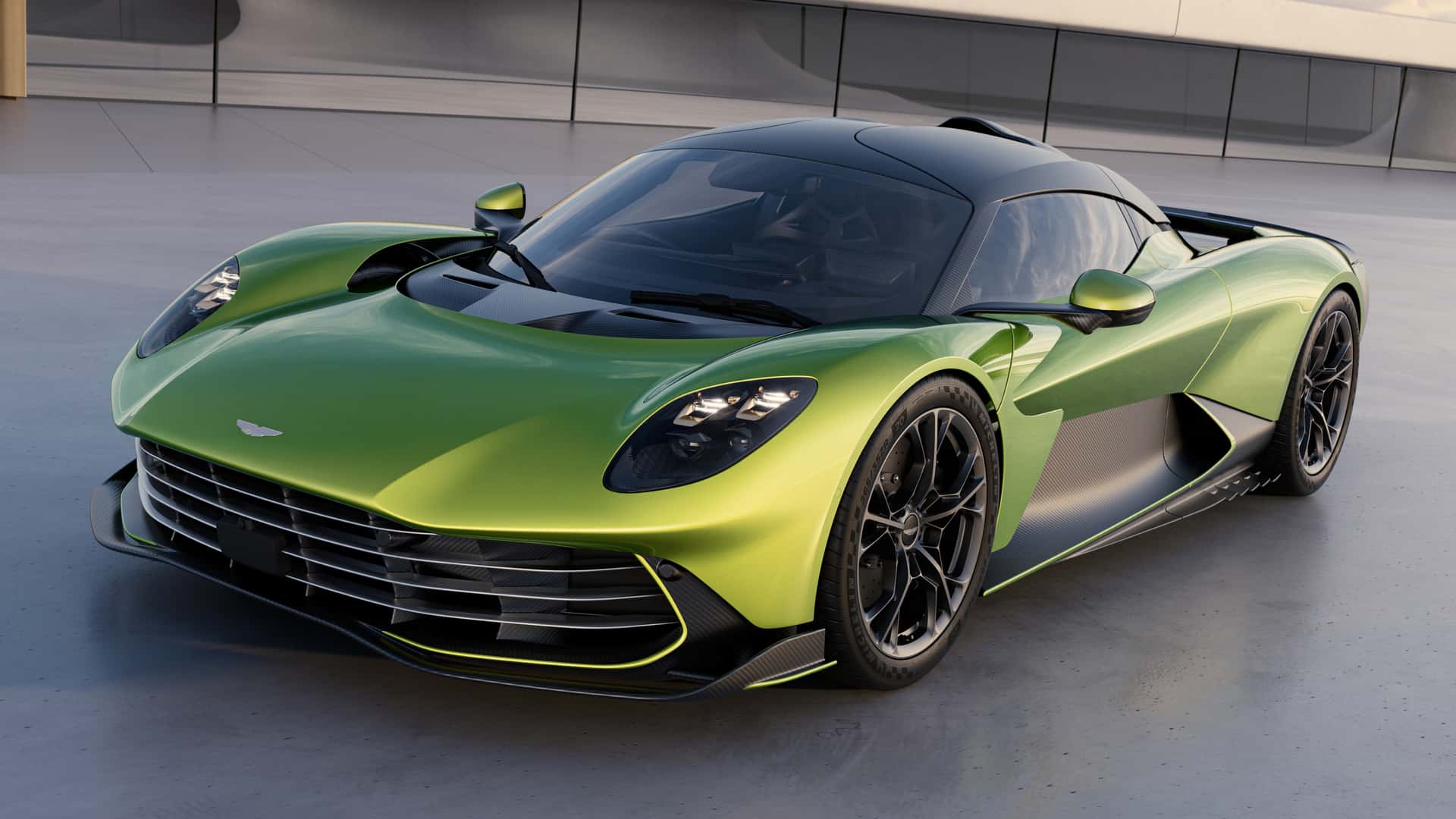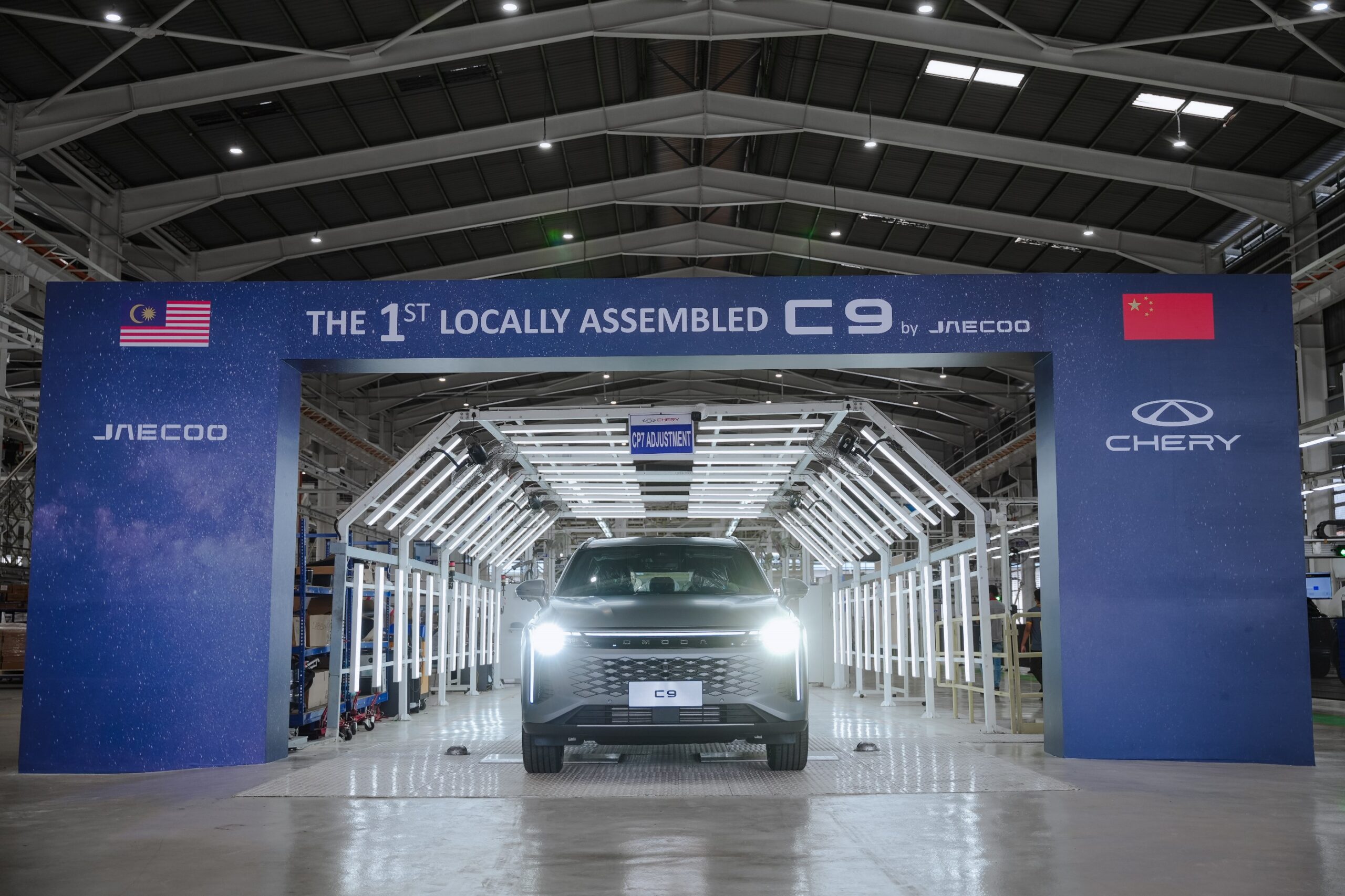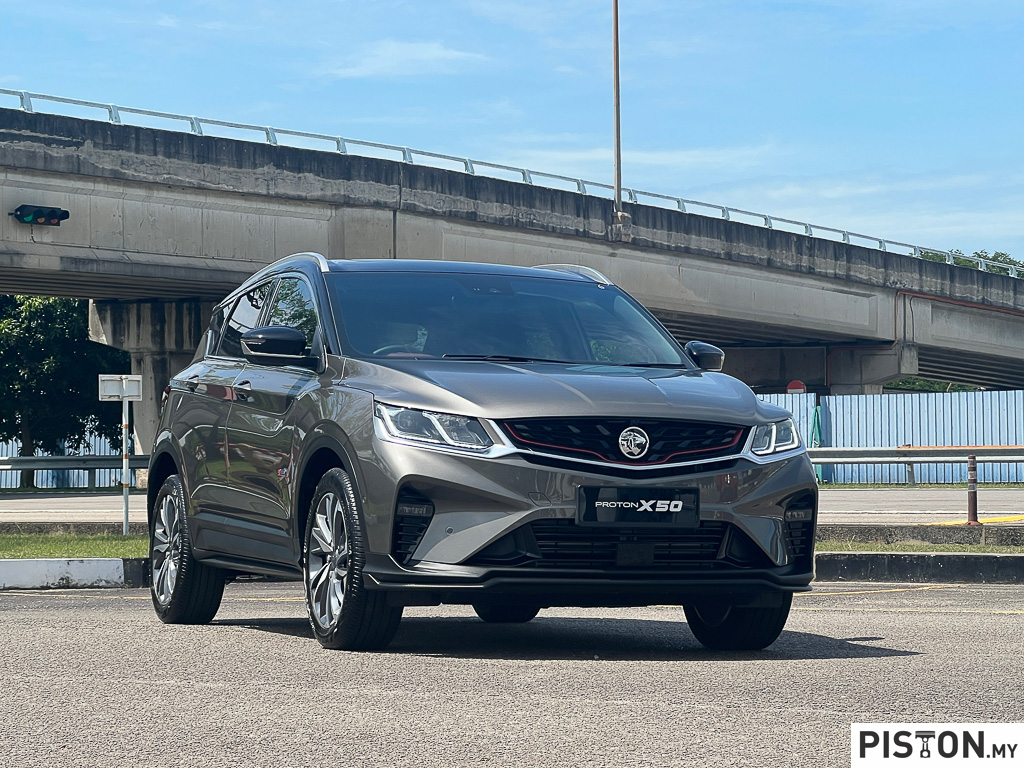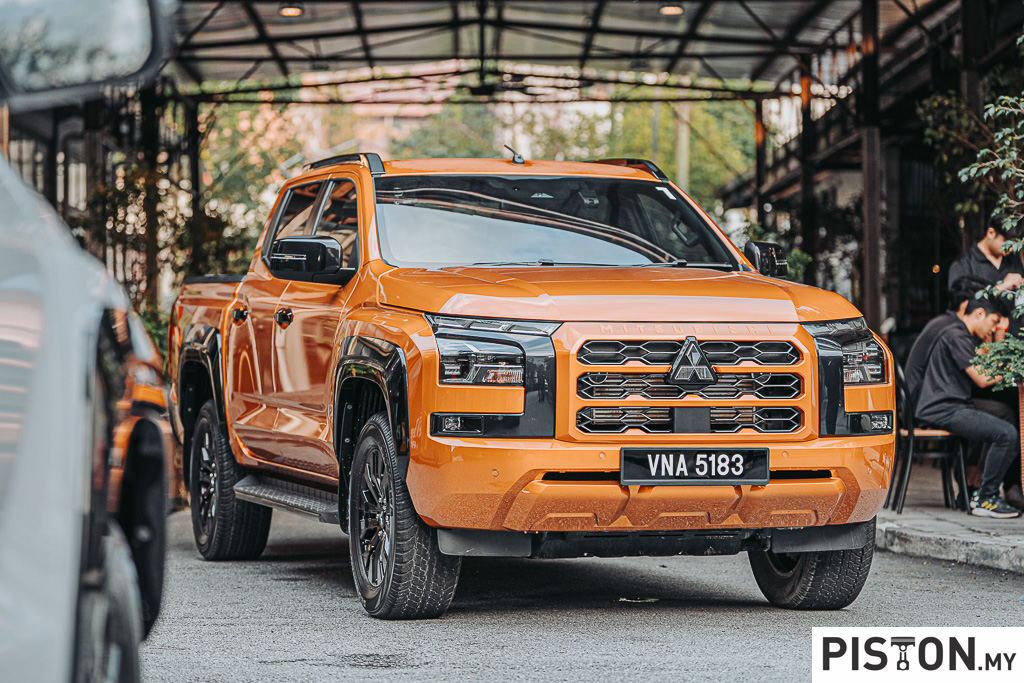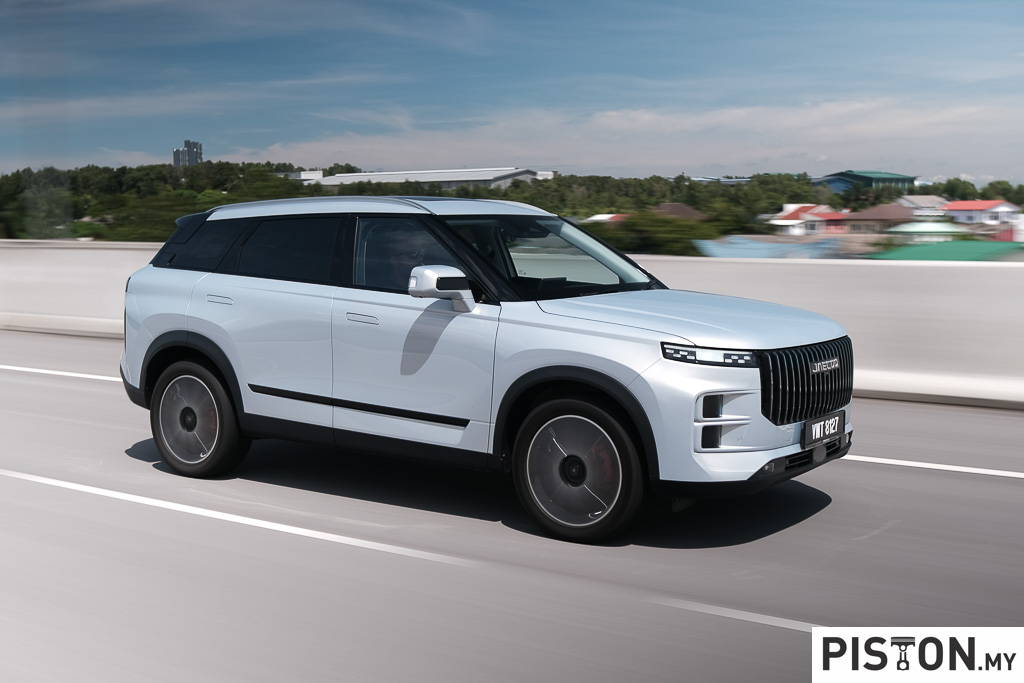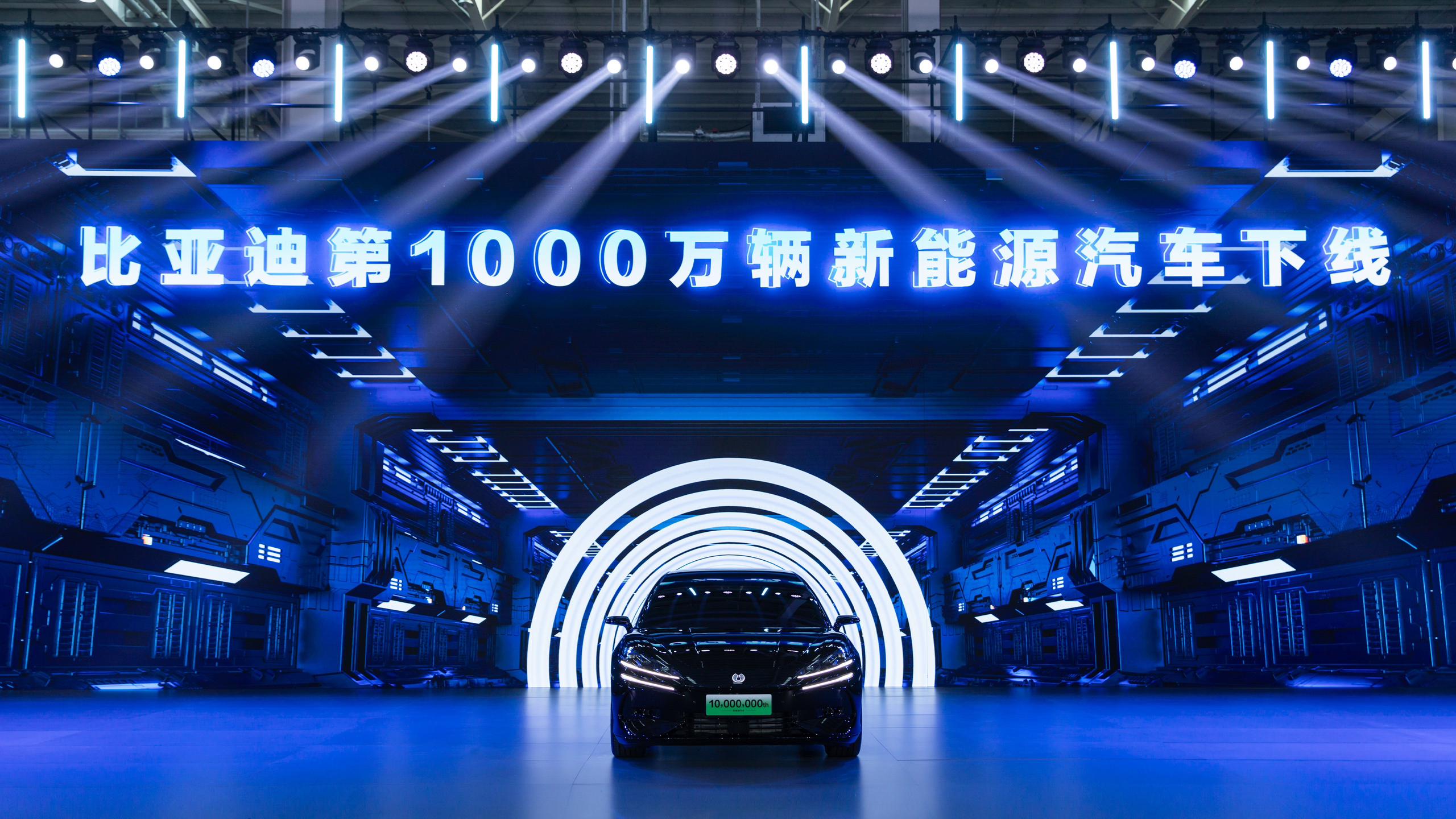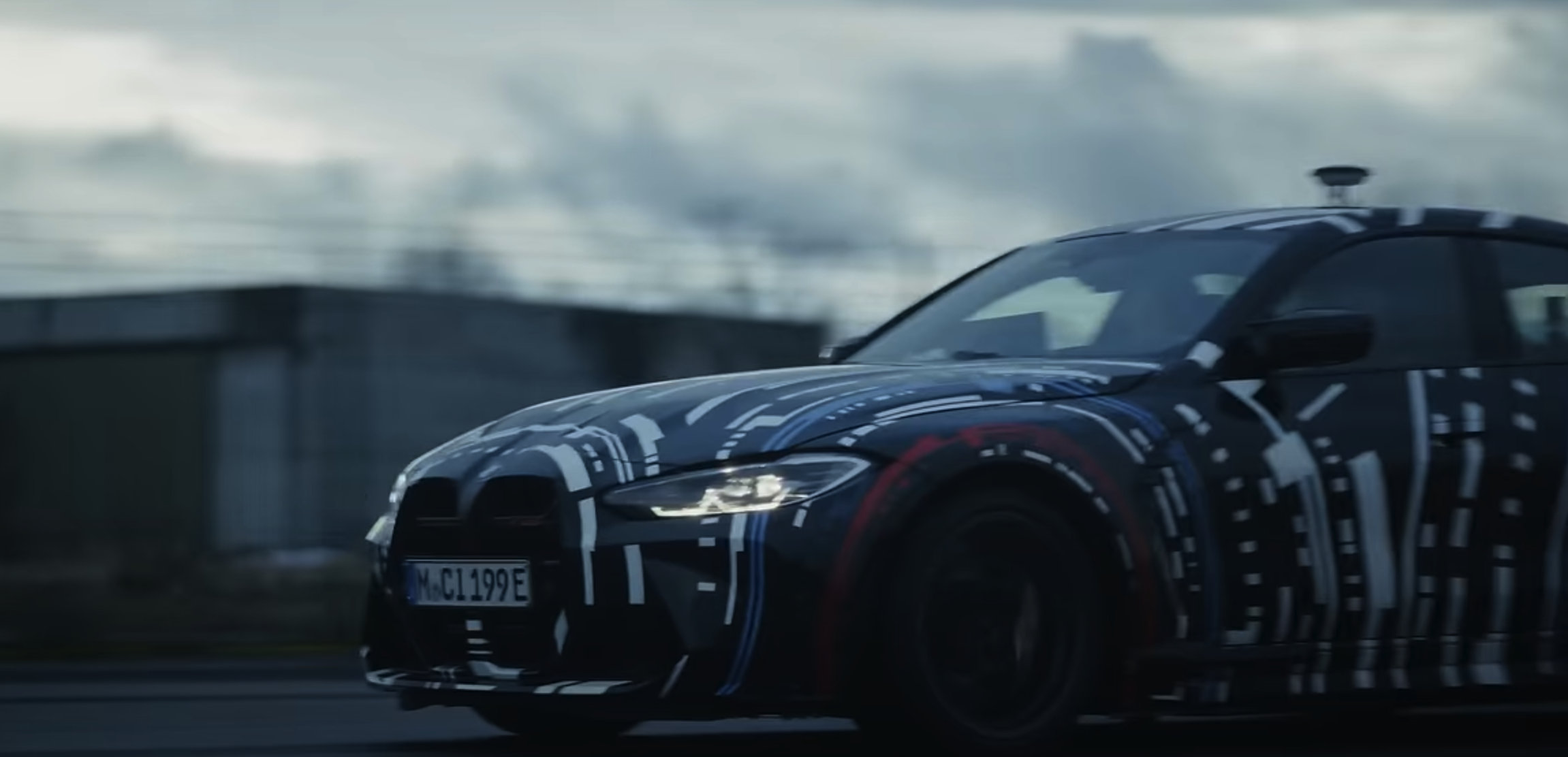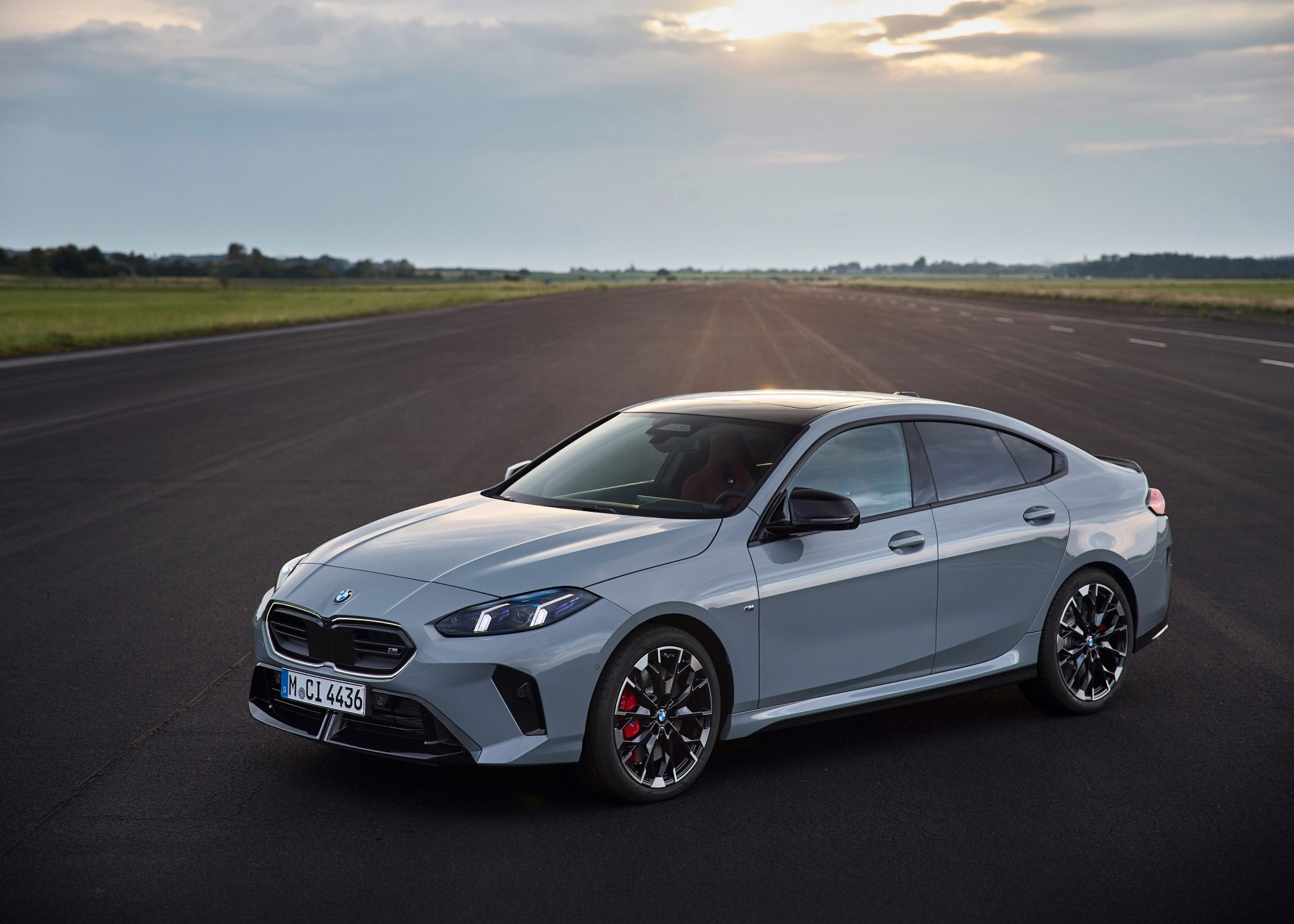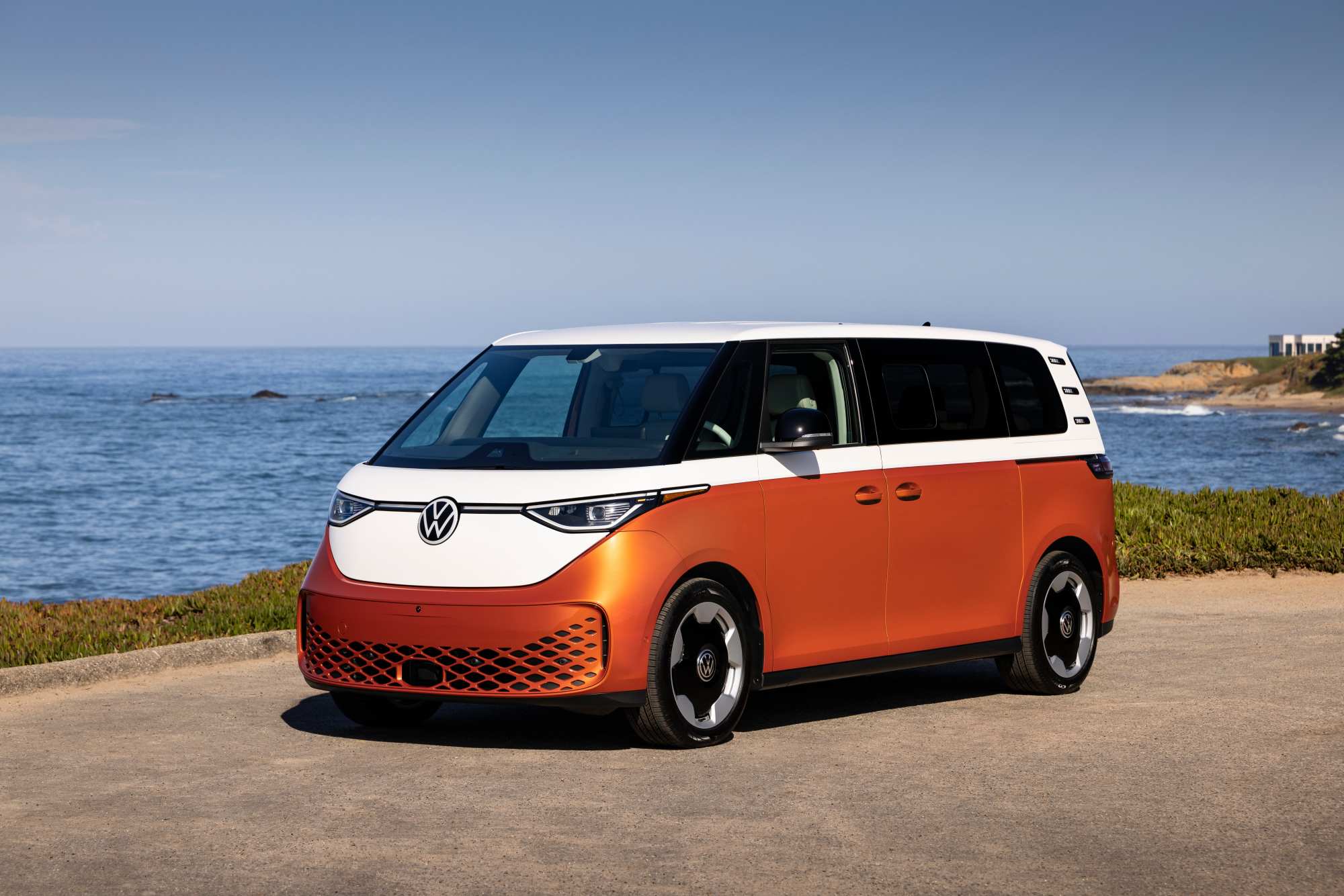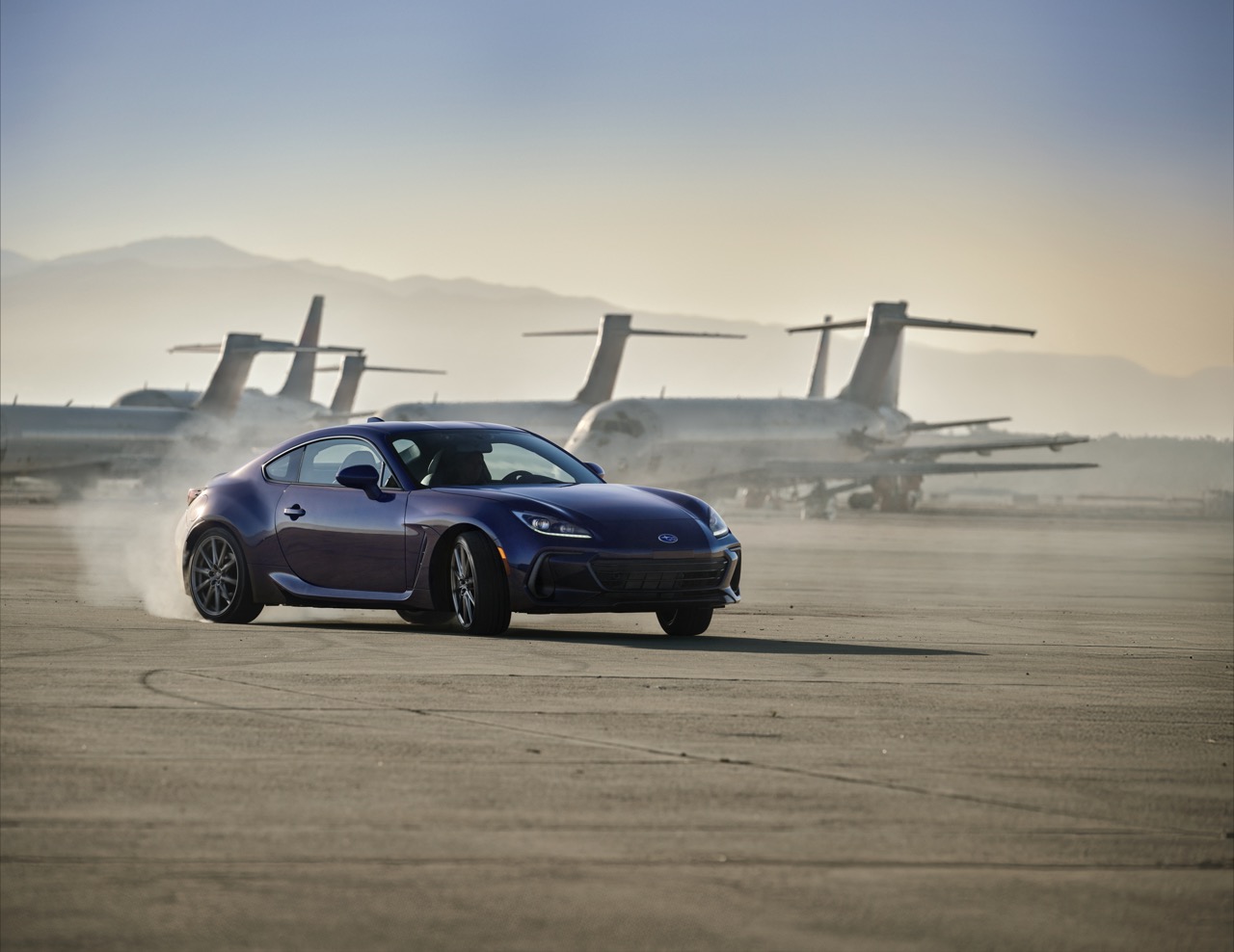In a lifetime, a person may own 5 or 6 cars, some more and some less. For car companies, the ideal thing is to retain that customer ‘for life’, which is why a range of products is important. There must be affordable products at the entry level so people can join the ‘family’ and then as they get older and requirements change, there are other types of models to suit their needs and budget.
This is why car companies go to great extents to care for their customers and companies like UMW Toyota Motor have had a strong and dedicated customer relationship management since 1988, the first company in Malaysia to have such a department. As a result, over time, the number of loyal Toyota customers in the country has grown and the introduction of loyalty programmes has further cemented the relationship.
Better rewards and enhanced convenience
Now, in 2021, the company is going further with the launch of its Toyota Loyal-T Programme, promising even greater value, better rewards and enhanced convenience for all Toyota owners. The new Loyal-T Programme, which replaces the previous Toyota Merit programme, offers all Toyota owners an opportunity to easily earn points from the time they purchase a new vehicle. Then they continue to collect the points when they send it for servicing at authorised service centres, purchase spare parts, or make repairs or repaint their vehicle at the Body & Paint centres.
Even when they renew their vehicle insurance at the authorised Toyota outlet, there are points to be collected. The accumulated points can then be exchanged for E-service vouchers which may redeemed for future services.
“We have a big Toyota family with many customers across the whole country, and it has always been our endeavour to ensure that they feel appreciated. Looking back, we have implemented numerous value-added initiatives and improved services to constantly increase customer convenience. These efforts, and many more to come, are a means of saying ‘thank you’ to our customers for their continued trust in the brand and support, and we would like to now consolidate all of these efforts with the introduction of a loyalty programme to reward our customers directly,” said UMW Toyota Motor President, Ravindran K.
Strengthening the bond with customers
“Buying a Toyota is just the beginning. Like any relationship, you will go through an introduction, and as you come to know one another better, trust develops, and over years the relationship strengthens. People come and go, but the bond will always remain. This wholesome membership structure for the Toyota Loyal-T Programme recognizes this bond, and it is a sign of our commitment that we will always be there for our customers for generations to come,” added UMW Toyota Motor Deputy Chairman, Akio Takeyama.
Mr. Takeyama said this concept of a total reward scheme and all-encompassing membership structure is one that defines a long-lasting bond between Toyota and its customers.
Joining the new Toyota Loyal-T Programme is easy: just download the Toyota Drive mobile application available from Google Play Store or Apple App Store. Once the mobile application is installed on a smartphone or tablet, it can immediately be used to register personal details with UMW Toyota Motor. All information is maintained and safeguarded in accordance with the Malaysian Personal Data Protection Act 2010 (PDPA).
Connectivity technologies make motoring safer and give more peace of mind to Toyota owners


